Imagine a traditional British hill climb event and images of tweed flat caps, red trousers, damp weather and tea, with cars ranging from pre-war to 1960s Minis and Spitfires running skinny cross-ply tyres and SU carburettors will likely come to mind.
While to this day that’s still a pretty accurate account, hill climbing has also continued to evolve up to single-seat race cars running turbocharged bike engines and everything in between. With certain class rules in place to keep budgets low, hill climbs can be one of the most affordable types of motorsport to enter. But for other classes, anything goes.
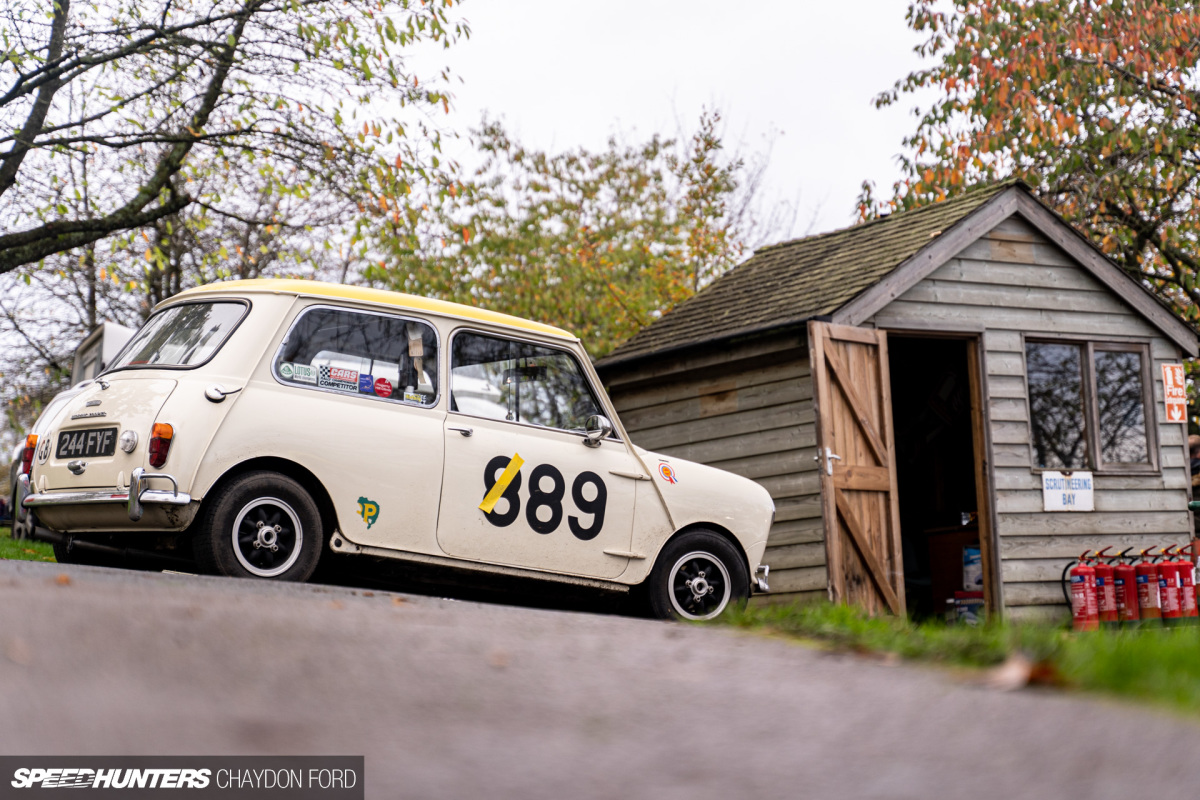
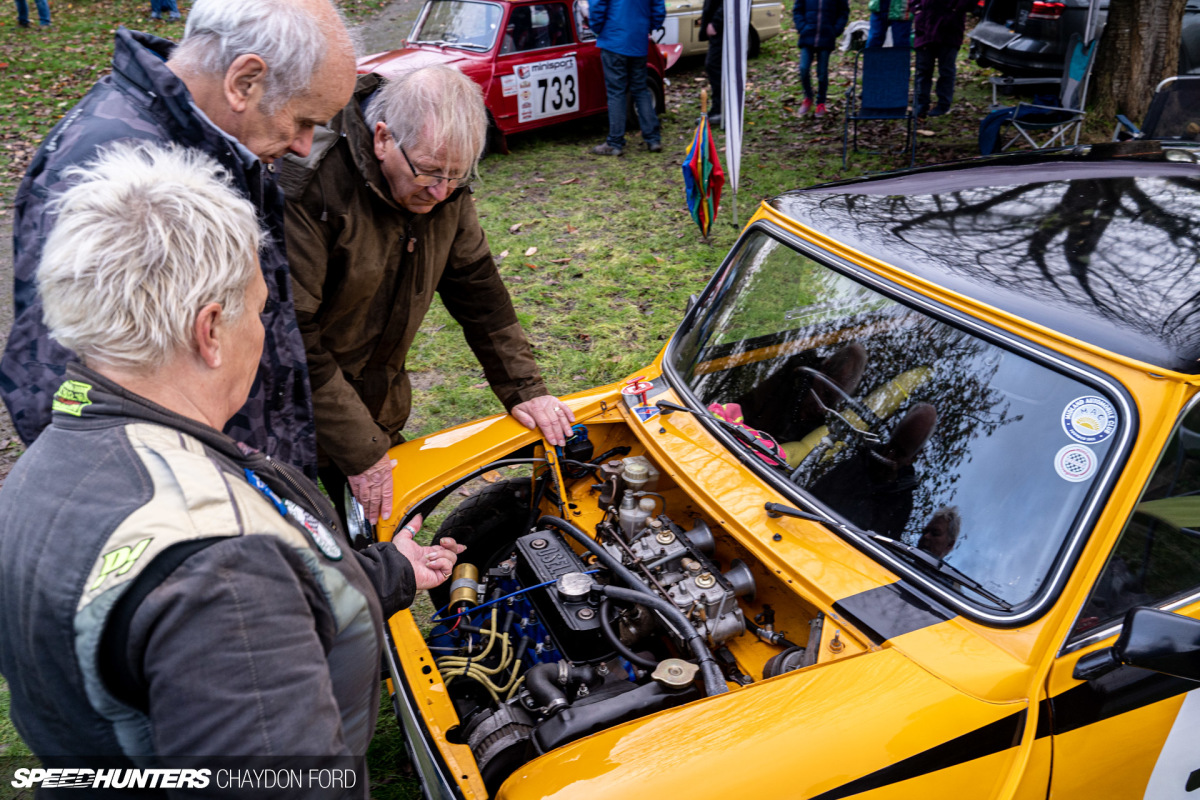
Prescott Hill Climb events have formally existed in the Gloucestershire countryside since 1938. Back in the ’30s, the Bugatti Owners’ Club had sought out a permanent location for their hill climb events, and when this one fell into their hands, what was the driveway from the nearby road to Prescott House was resurfaced. A slightly longer loop was added in 1960, but the course design has remained unchanged ever since.
The Bugatti Owners’ Club run a variety of events here under the Prescott Speed Hill Climb umbrella, and on the first Saturday of November, I headed along for Rallye Prescott.
Now that it’s autumn in the UK, when the tree leaves are changing from bright green to shades of yellow, orange and red, it was incredibly picturesque. It also meant that rain was in the forecast and the track was damp and slippery, making it even more challenging. But on this occasion though, the cars that came out to play were designed and engineered for gruelling conditions.
Rally Legends In The Paddock
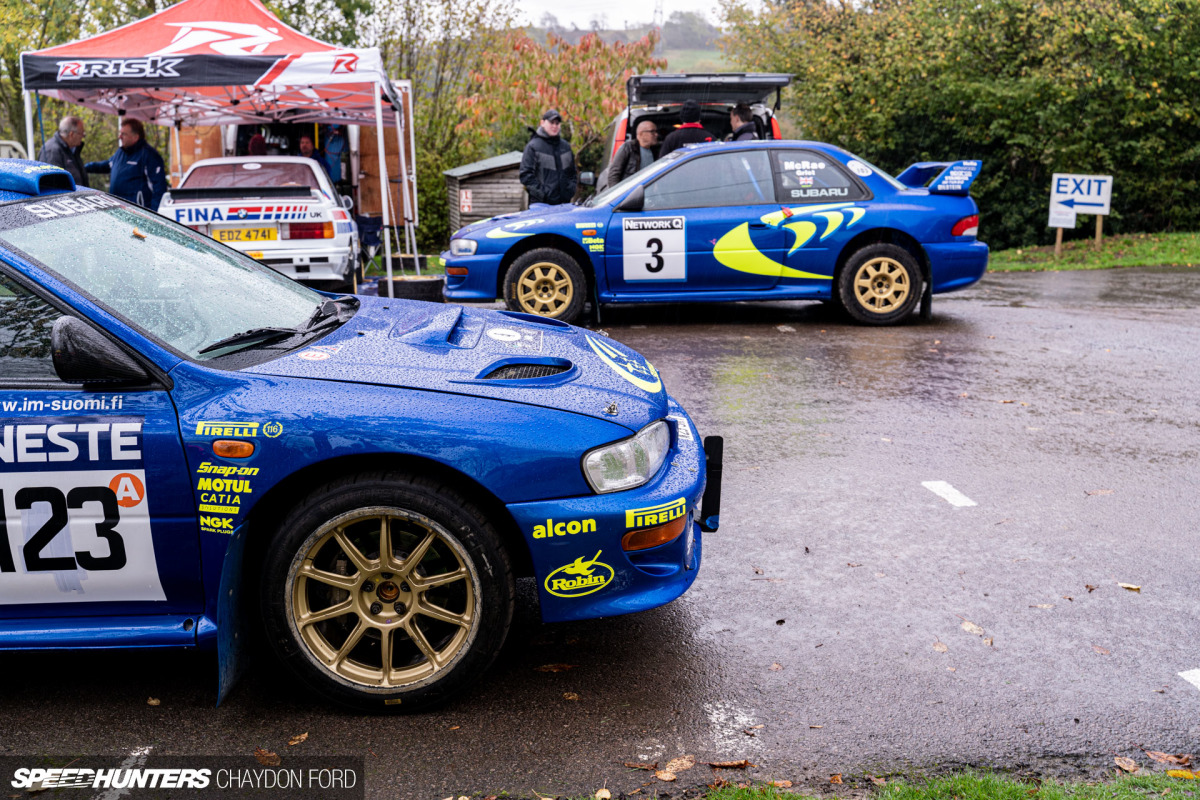
Among the rally legends from various decades were not one, but two ex-works Subaru WRC car. The first, W23 SRT (S6 generation), a car we’ve previously covered in a full feature, contested the World Rally Championship in 2000. The second, P12 WRC (S5 generation) competed between 1997 and 1999.
Parked alongside one another, the two Prodrive-built machines appeared fairly similar, but they are drastically different under the skin. W23 SRT was a complete redesign, referred to as a ‘Low Centre of Gravity’ car, featuring active differentials and, for the first time in WRC, a sequential gearbox.
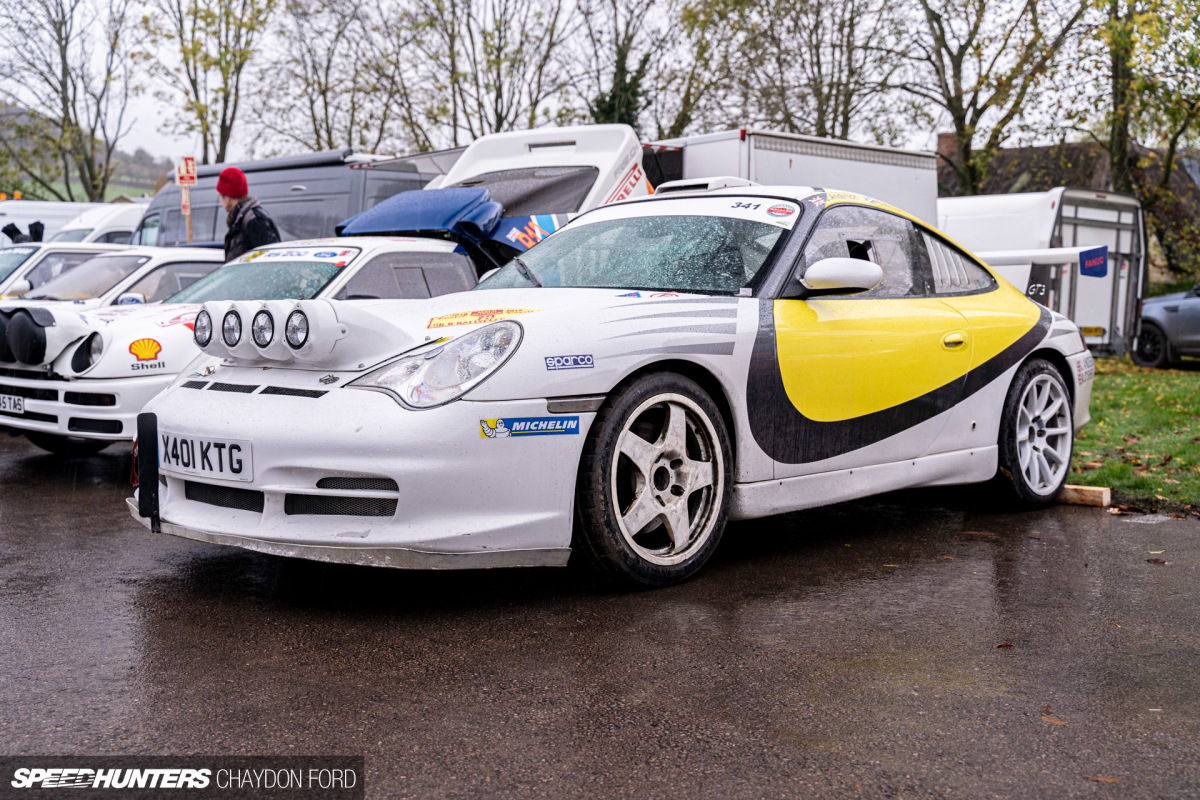
We’re used to seeing classic Porsche 911s on historic rally stages, but not so much their modern counterparts. That’s a shame, because all the attributes that make 911s capable on track – competent chassis and plenty of traction out of corners – carry over to rally.
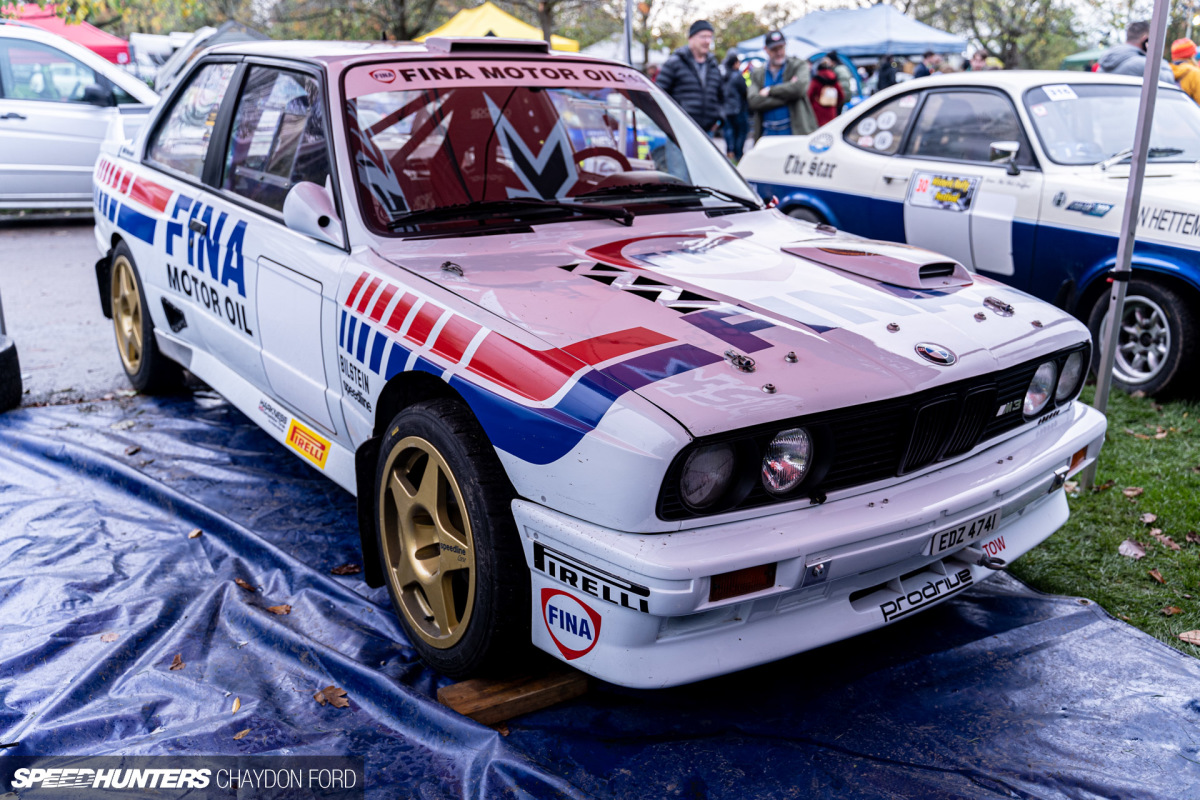
BMW E30 M3s proved their worth in period on both the circuit and rally special stages, but I had to do a double take when the bonnet was removed from this particular car. In place of the BMW S14 motor sat a Millington Diamond mill, a bespoke engine based on the YB Cosworth design. The M3 retains a throaty induction note from individual throttle bodies, but the change of motor was down to practicality as sourcing parts for the S14 has become increasingly difficult.
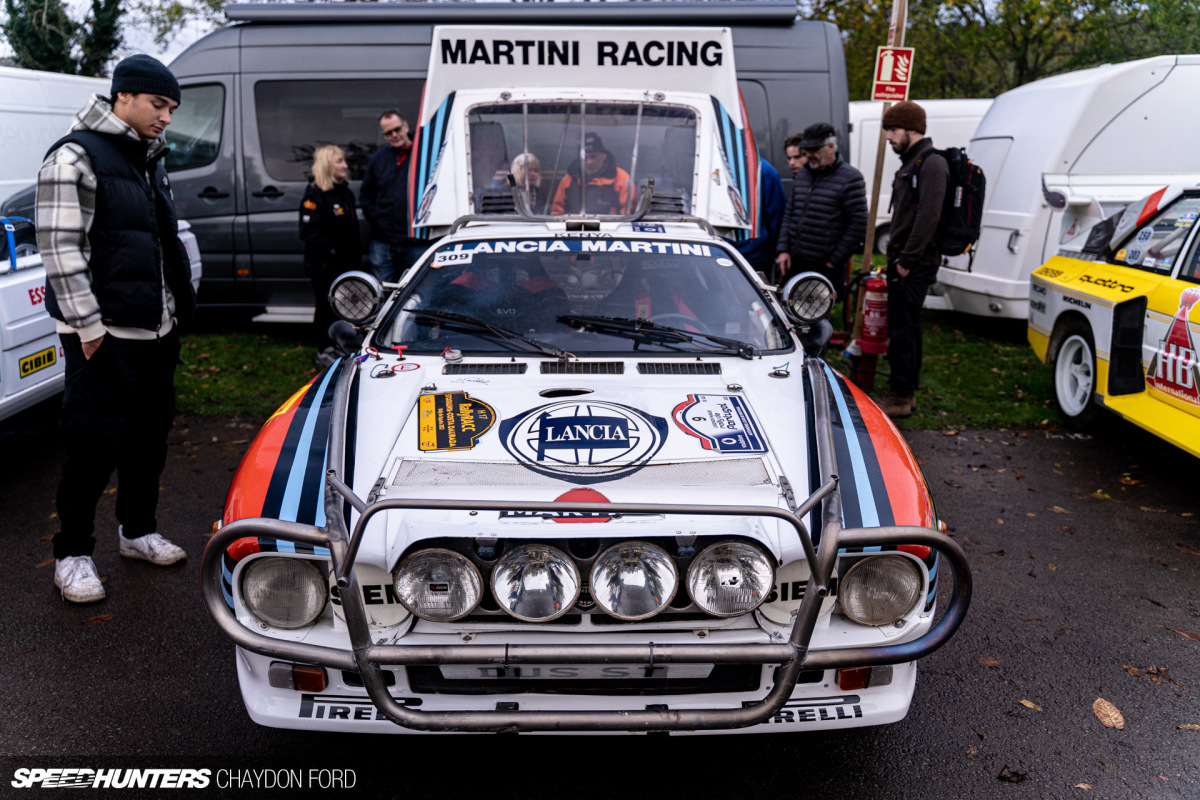
Going one step further than gravel spec was this Lancia 037 in full Safari Rally trim. Massive bash bars, additional A-pillar spotlights and a roof-mounted tyre rack adorn the exterior.
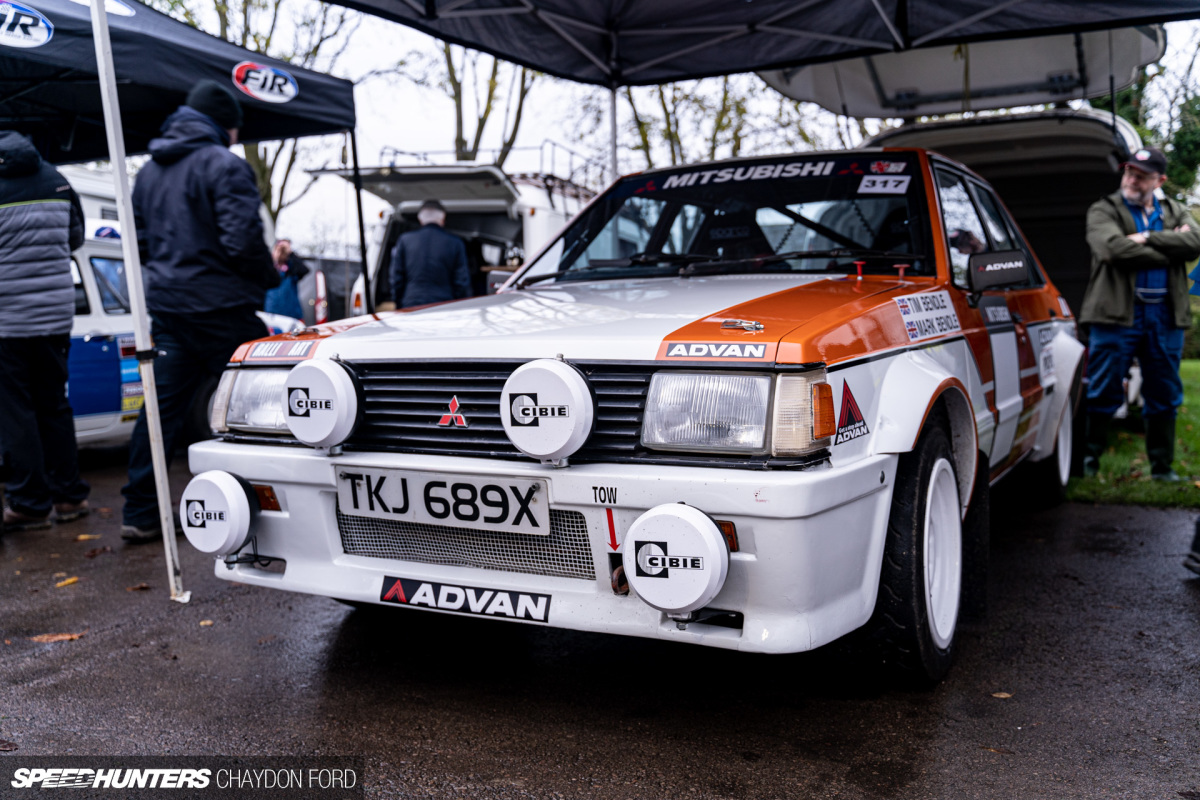
Many people are unaware of Mitsubishi’s World Rally Championship endeavours before the Lancer Evolution models, but the Colt 1000F is where it started in 1967. The Lancer EX Turbo seen here competed against the early Audi Quattro, Ford Escort and Fiat 131, and produced up to 400hp by the end of the car’s competitive life.
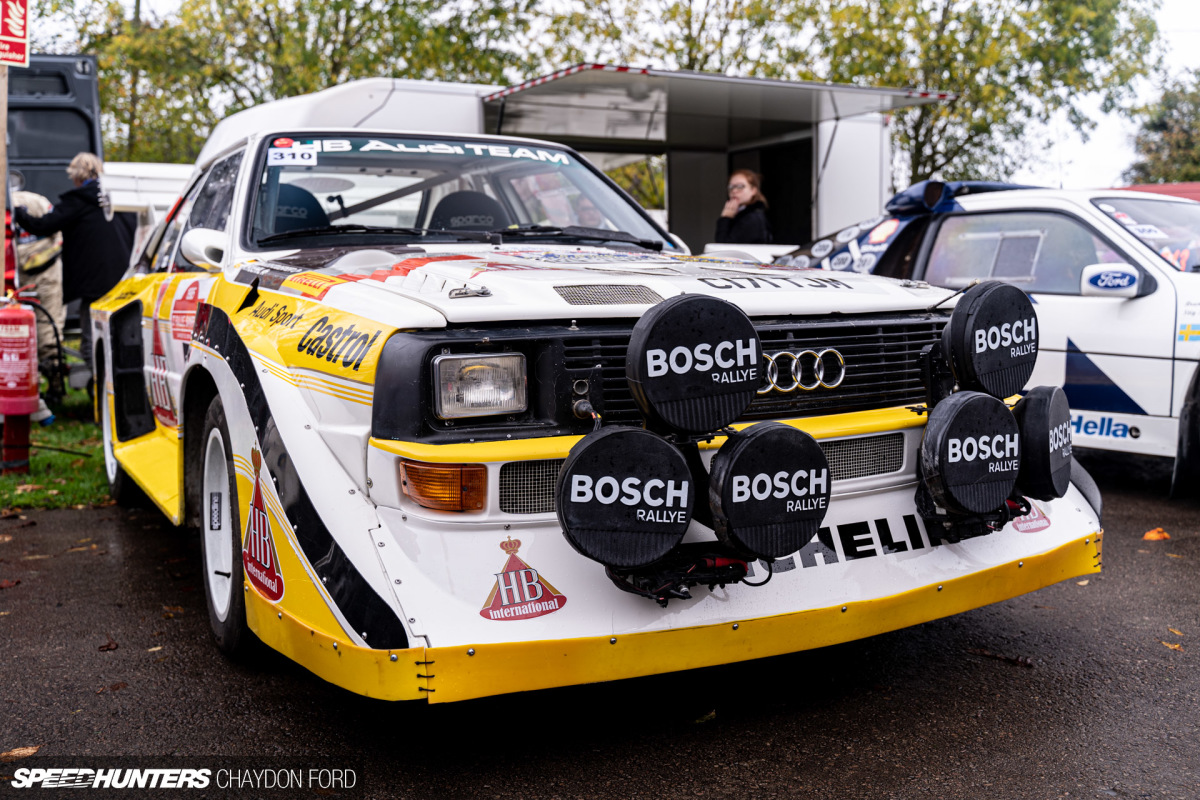
The short-wheelbase Audi Sport Quattro has incredibly awkward proportions, but the groundwork the S1 E2’s all-wheel drive technology laid for rallying at its highest form is undeniable.
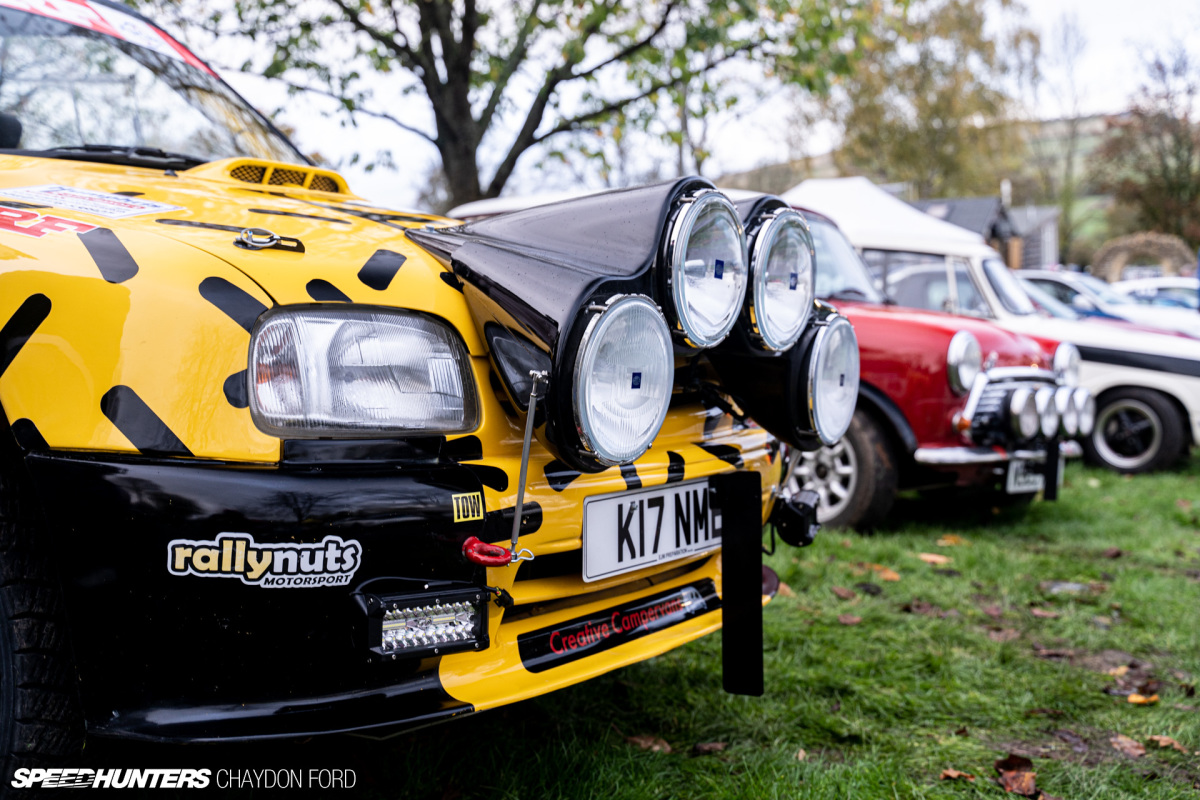
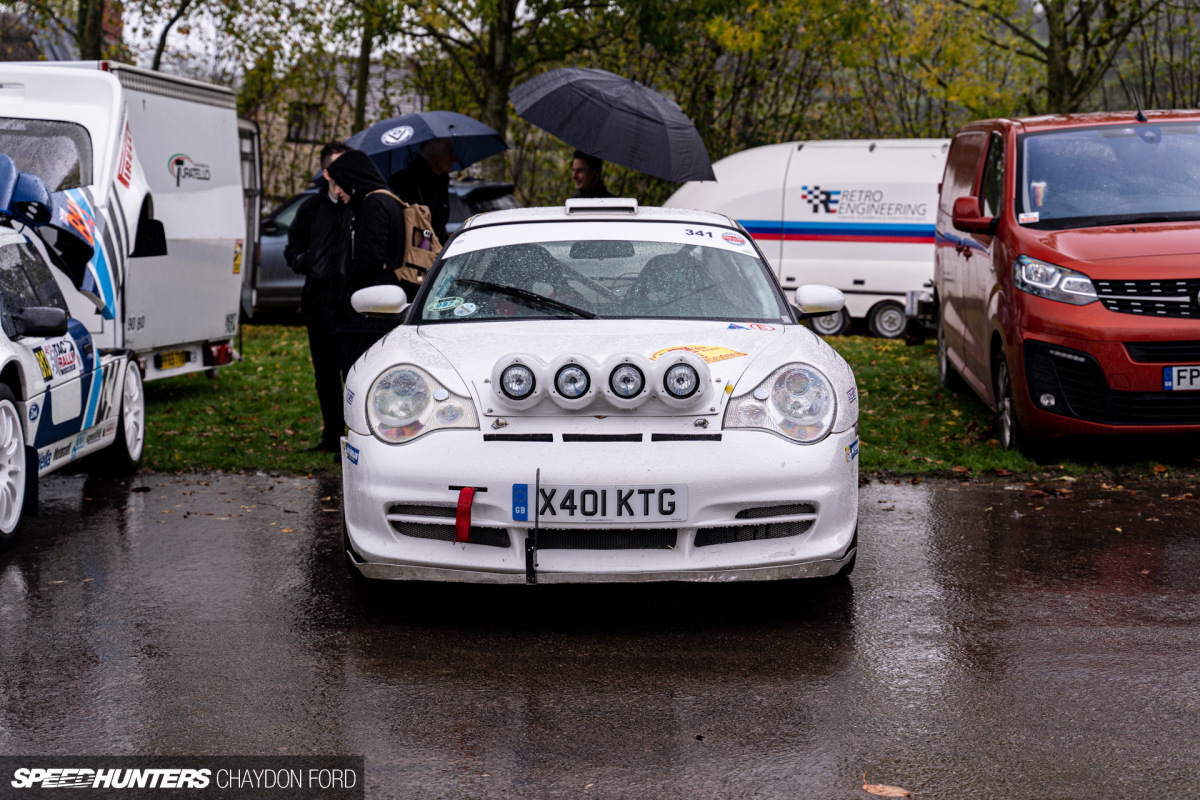
In anticipation of the event running into the evening, most cars had lamp pods and spotlights fitted. More is better, right?
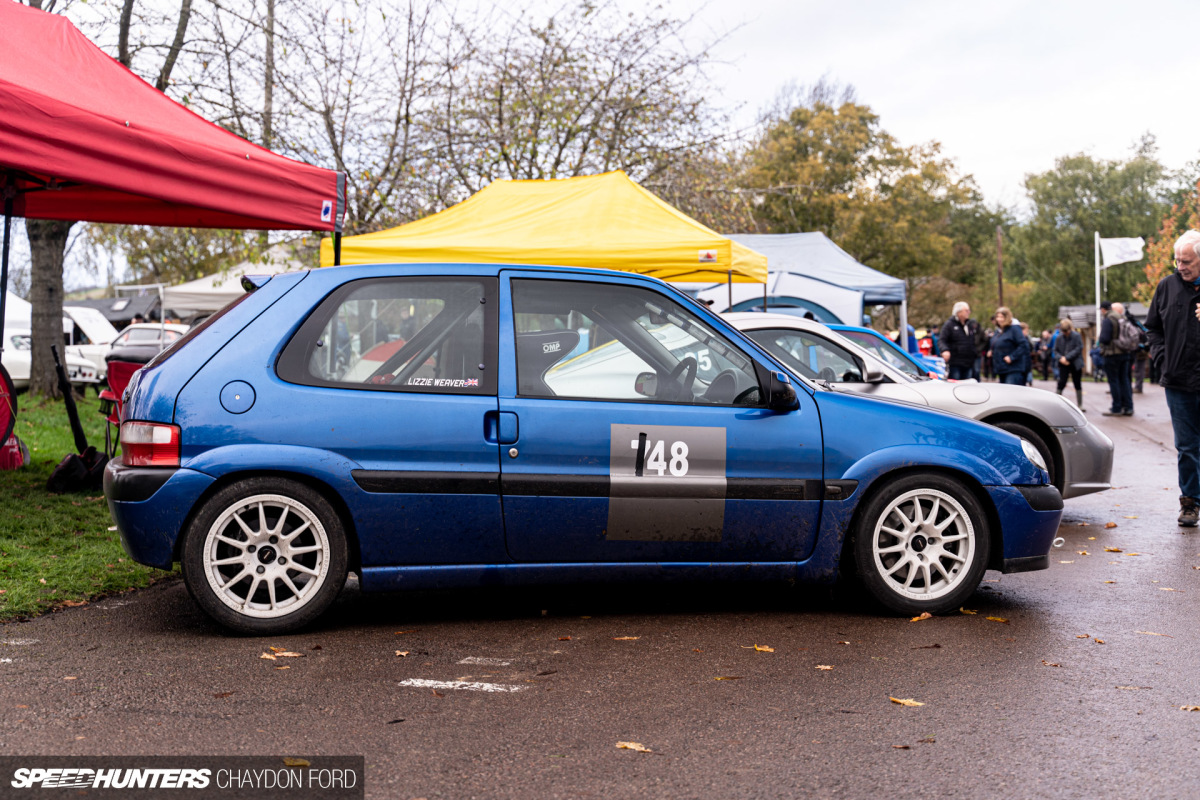
The great thing about events like this is that along with the manufacturer-backed entries of yesteryear, Rallye Prescott attracted a lot of more attainable machinery, like the Citroën Saxo. Fifteen years ago, the Saxo ruled the council estate; you couldn’t turn up at a McDonald’s after dark without seeing at least one in the carpark. Stigma aside, they continue to be incredibly capable cars, with 120hp and weighing well under a tonne in VTS form as standard.
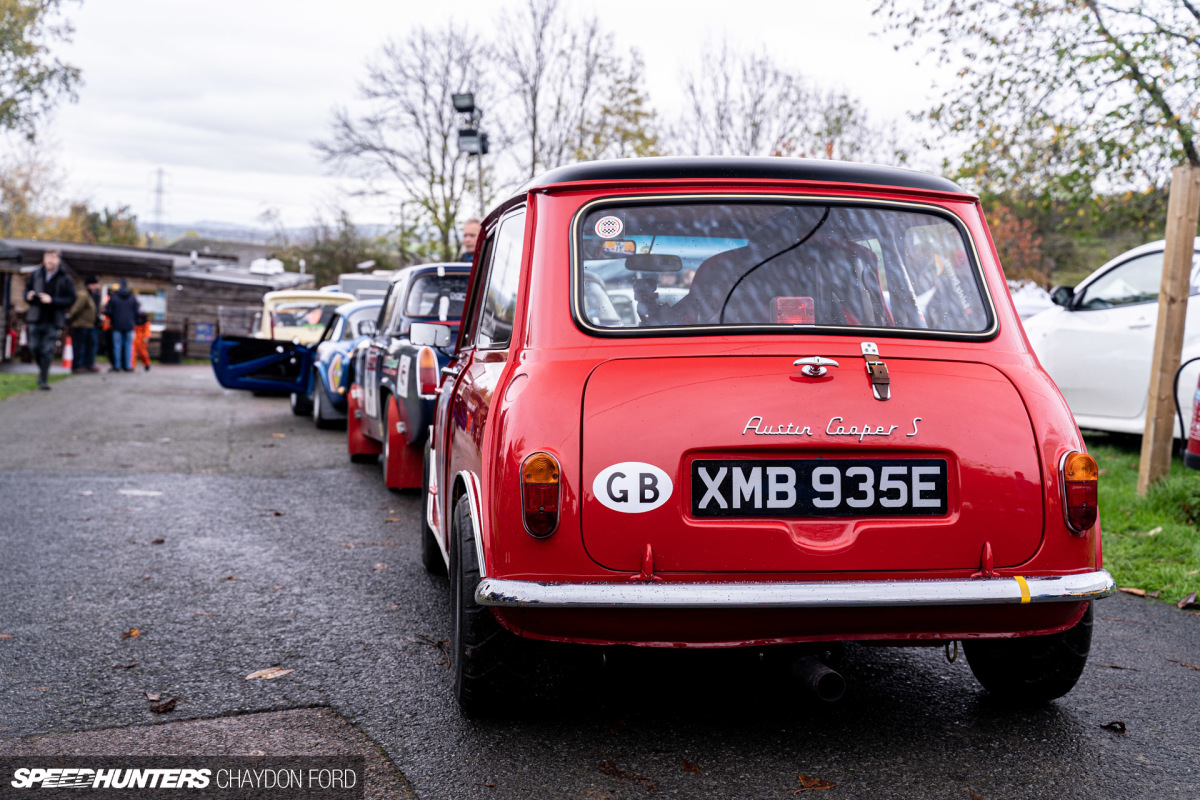
No British motorsport event would ever be complete without a classic Mini or two, and for good reason. Light weight and nimble handling still make them a force to be reckoned with.
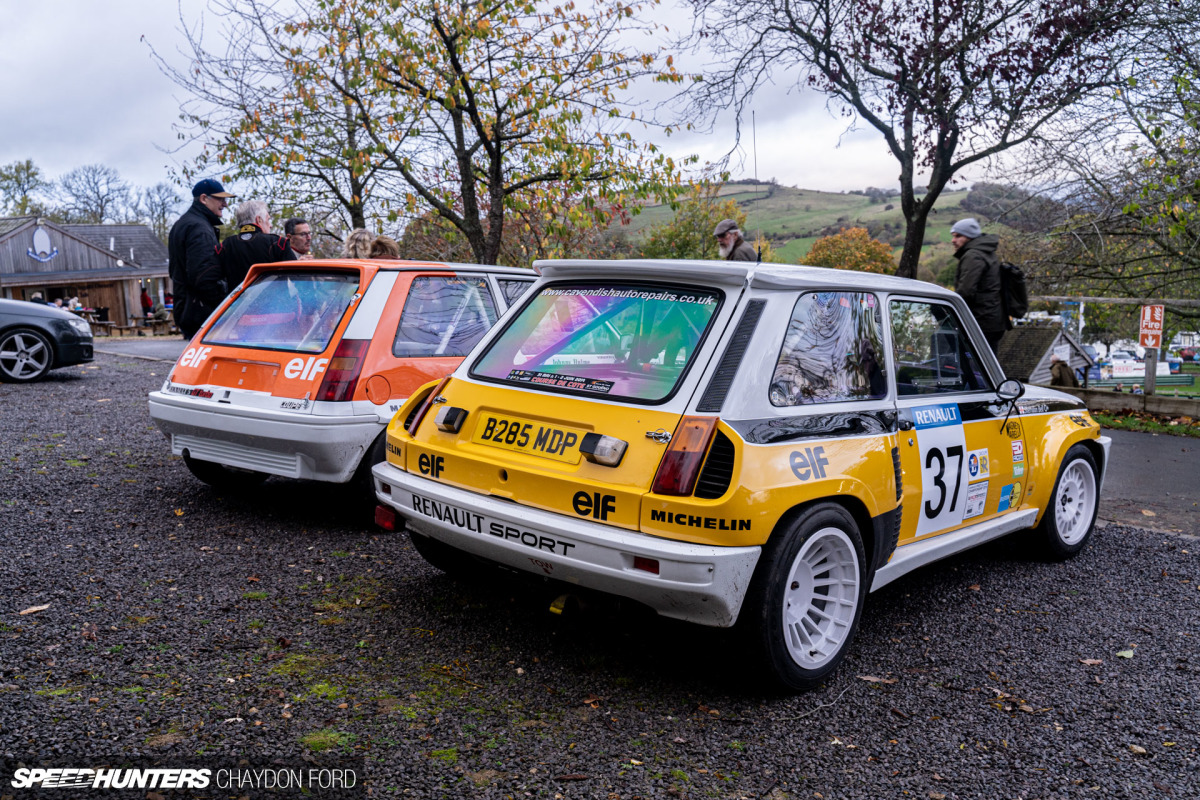
I’m unsure what the collective noun for a grouping of classic rally Renaults is (possibly a frustration?) but seeing so many parked together was rather special. The Renault 5 Turbo sat alongside the Maxi Turbo really emphasised just how crazy the Group B car was.
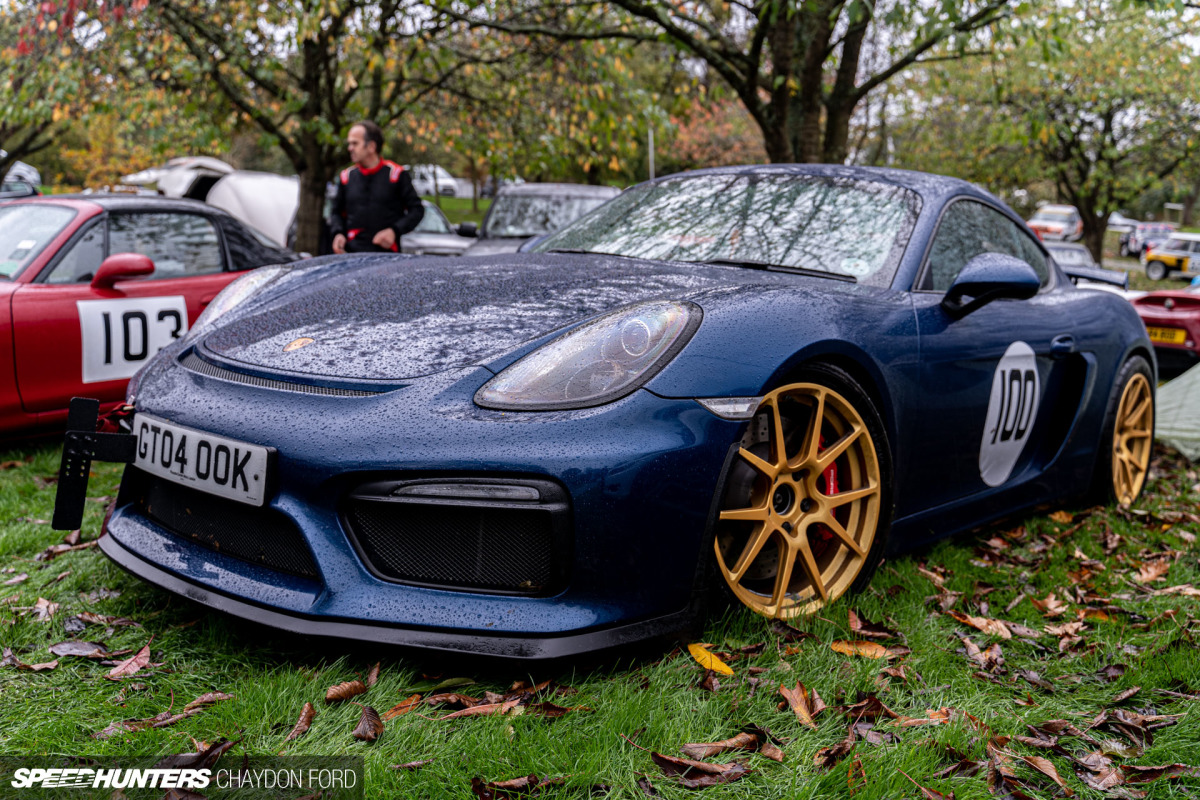
As you can see, the rest of the Rallye Prescott paddock was hugely varied.
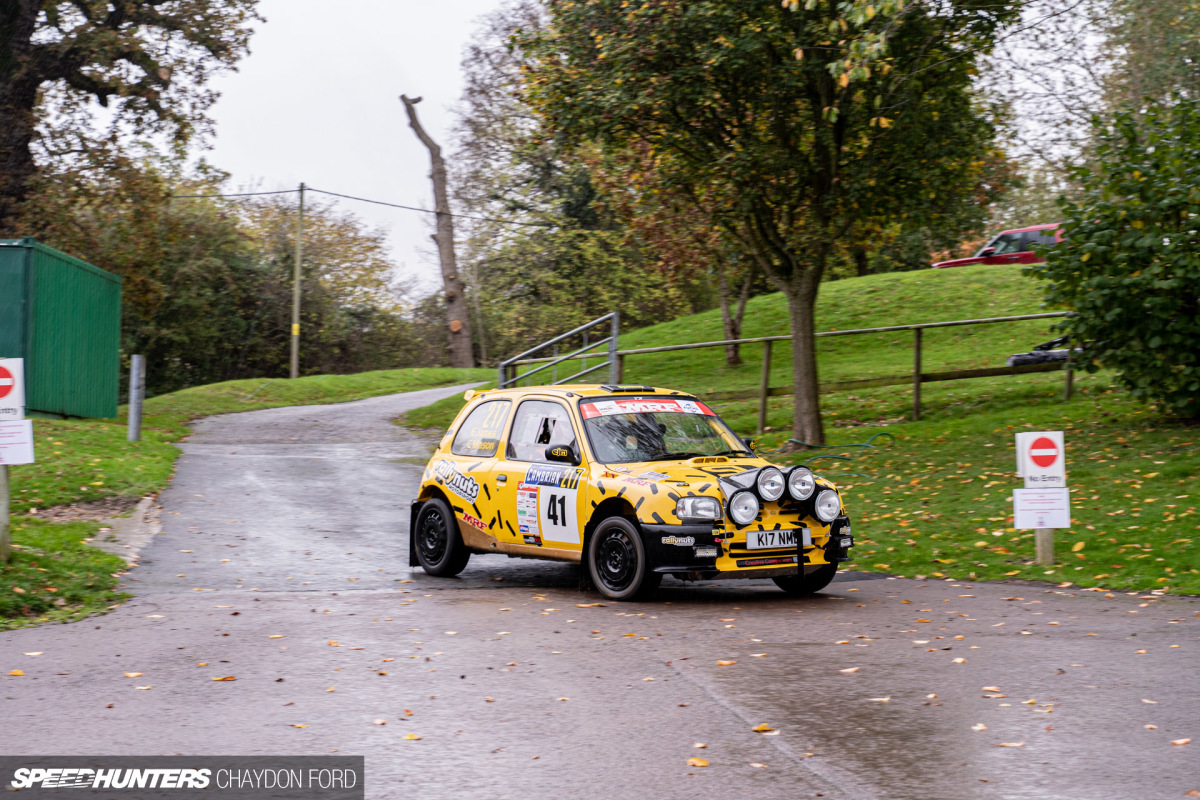
I can’t say I am a fan of the bubble-esque K11 Nissan Micra/March in stock form, but with the works kit car arches added its look is completely transformed.
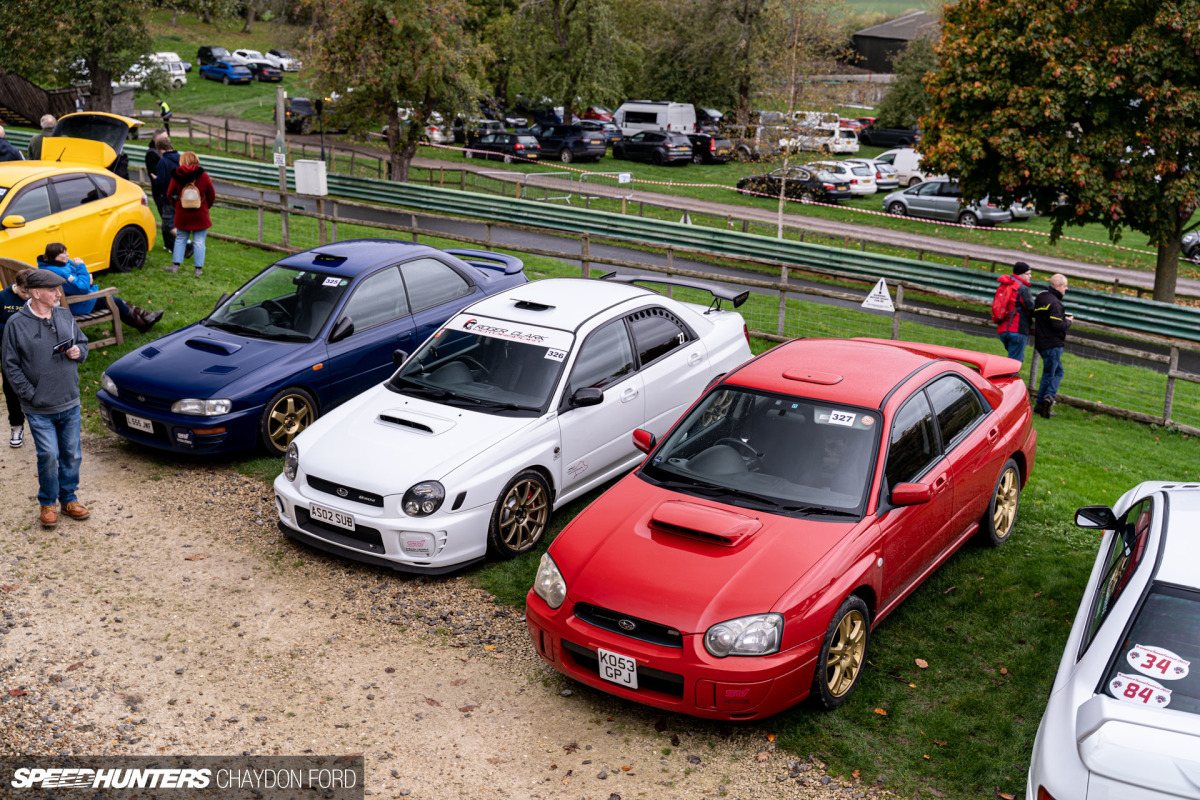
As part of the event, members of the TypeRA Forum were invited to display their cars and have the opportunity for a few runs. Never one to turn down an offer, I brought along my Spec C 16″ and took to the hill. It was as greasy as expected and I quickly developed some real respect for the drivers going ten-tenths.
Rally Legends On The Hill
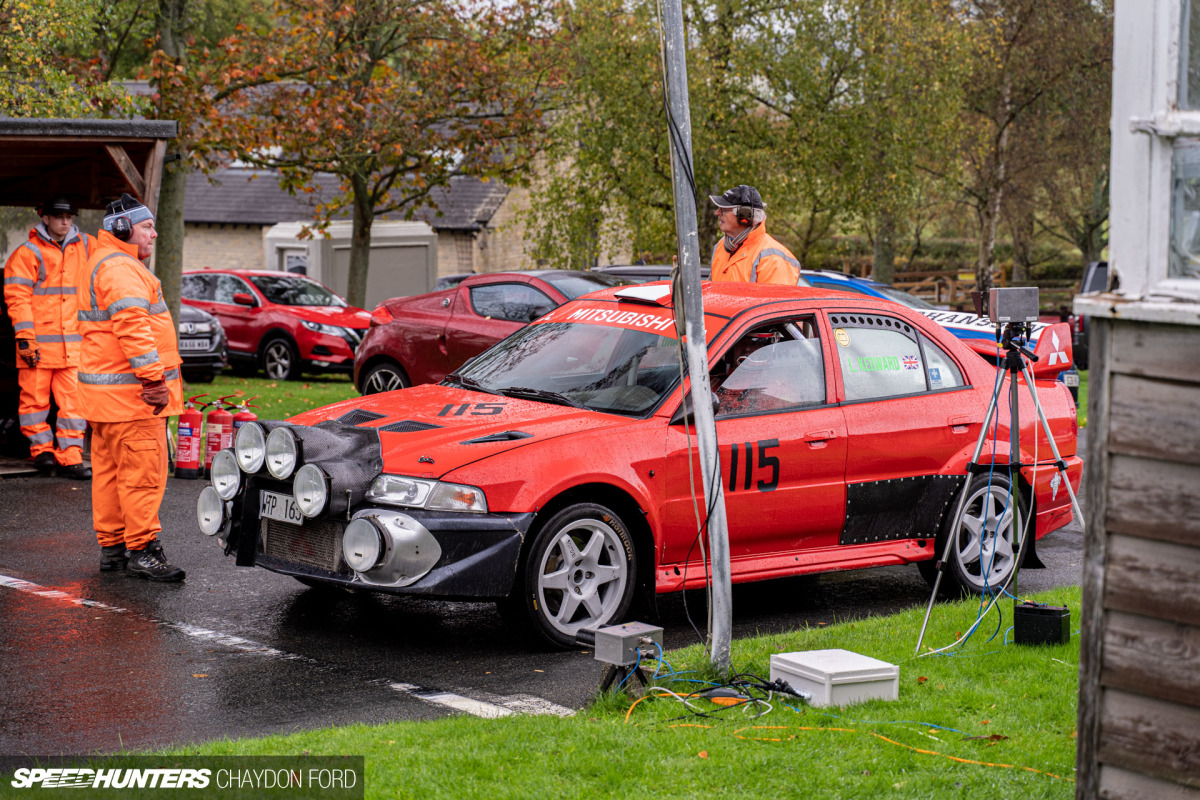
While the course may appear easy it’s anything but. From a slight uphill start, you build pace as you enter the sweeping left-hander, ducking under the pedestrian bridge.
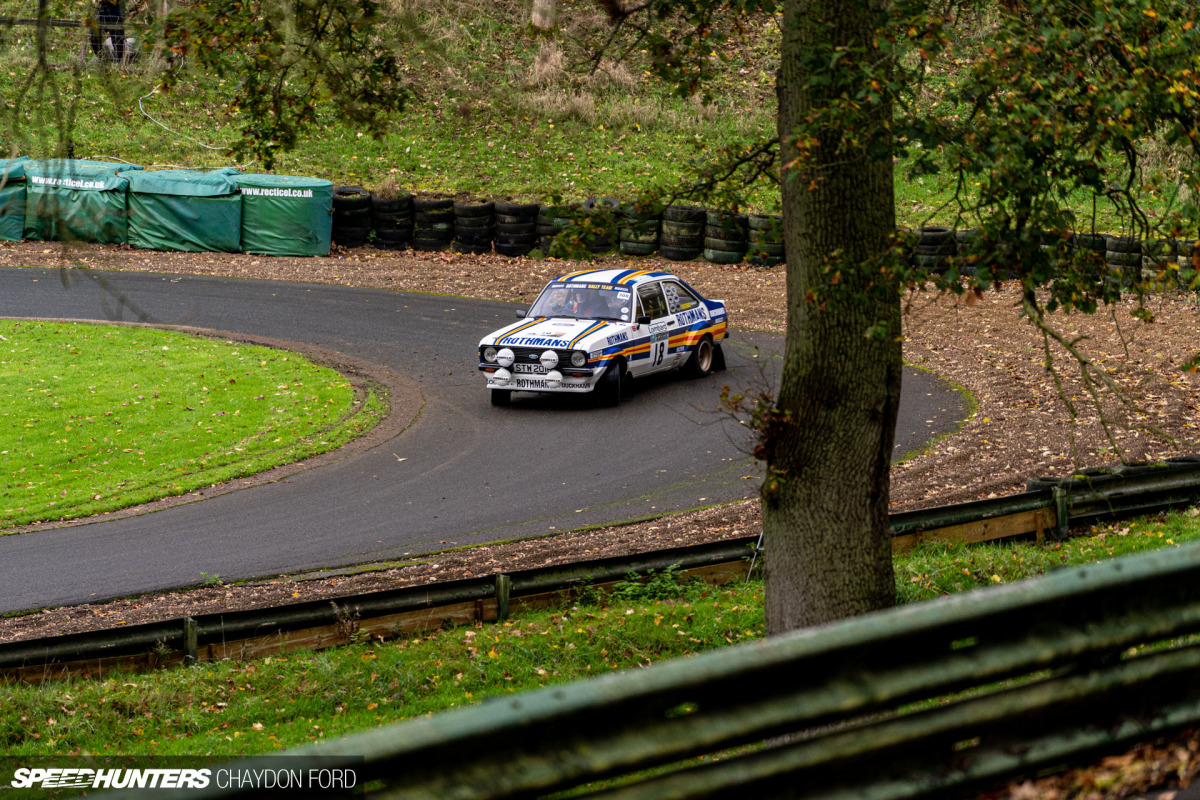
Then into Ettore’s, a slightly uphill 180-degree bend which was the aforementioned addition, 52 years ago.
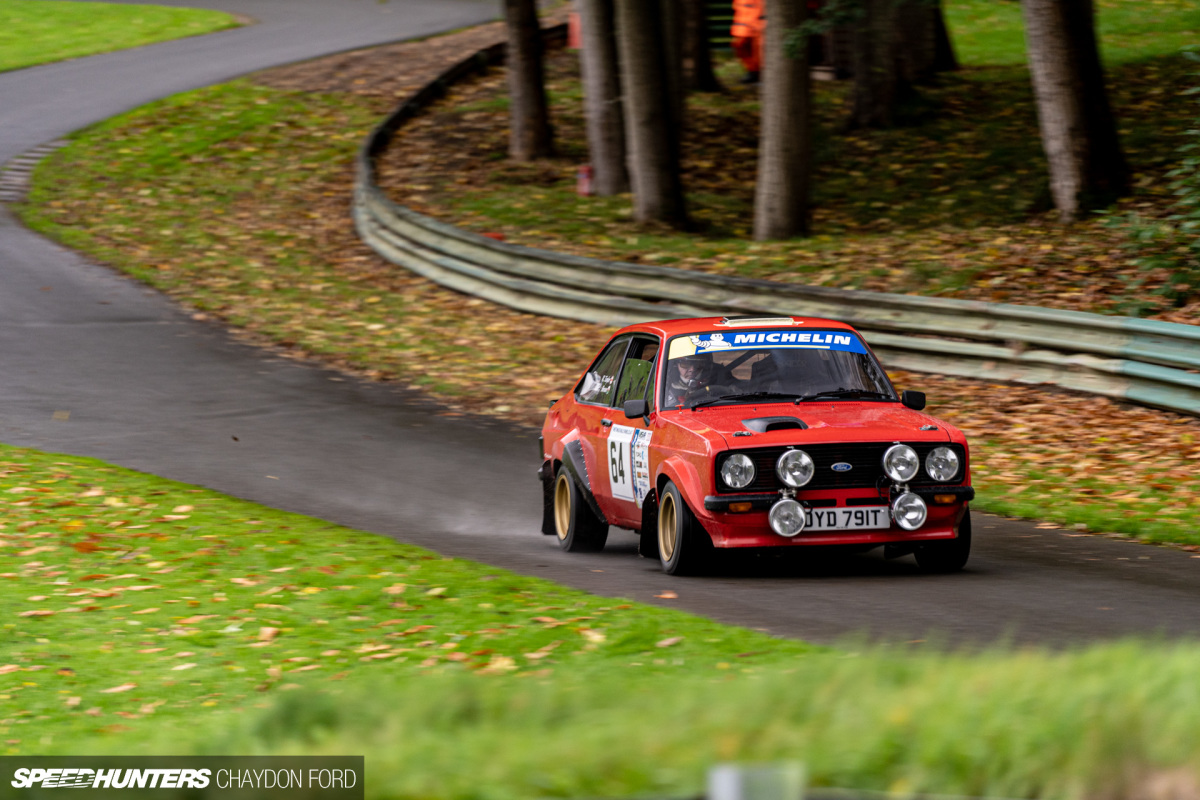
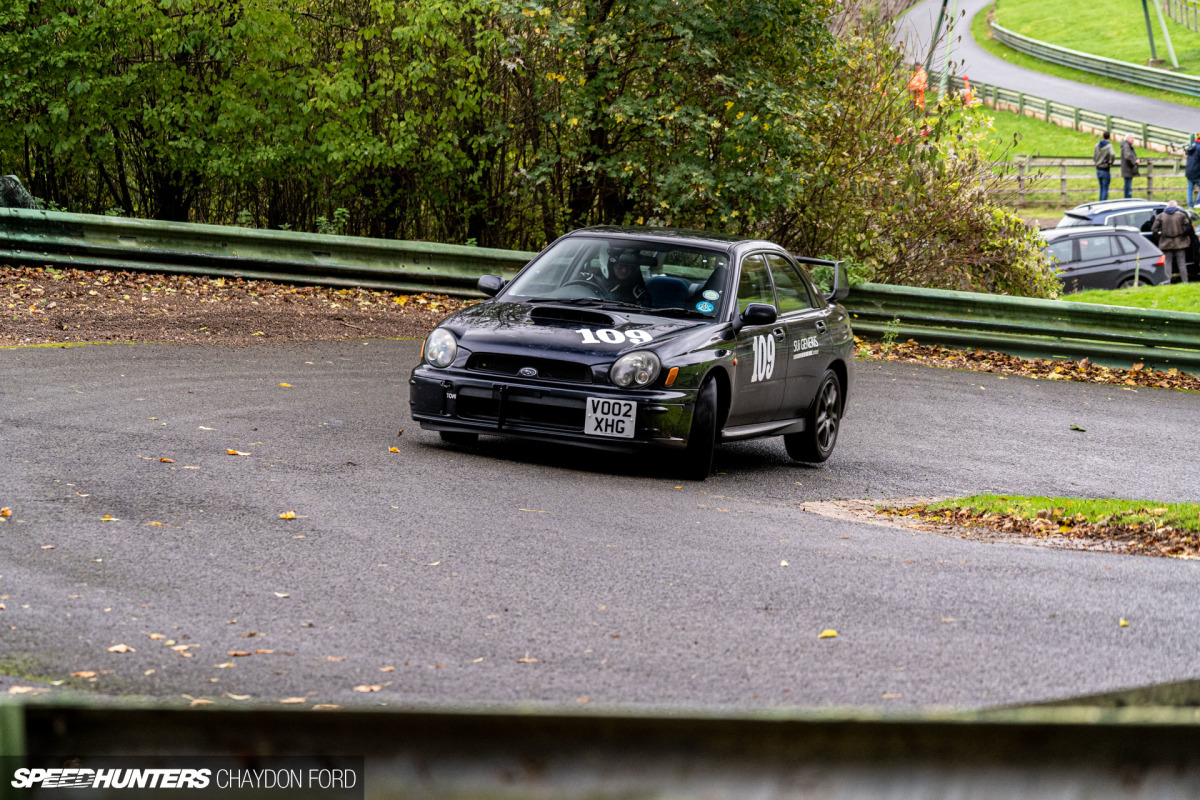
Heading down into the dip, you’re then confronted by a steep uphill into the Pardon Hairpin. This is almost a first-gear corner, with wheel-spin common as many cars lift a wheel going to level ground.
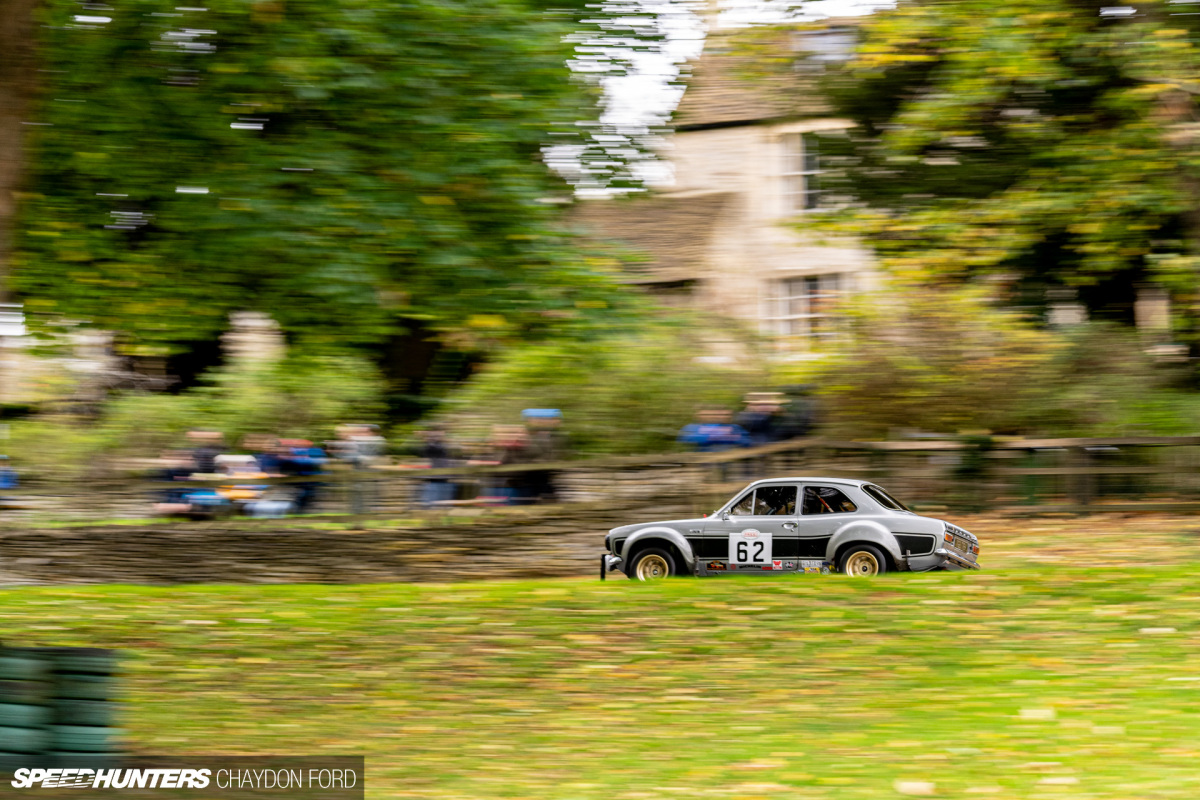
There can’t be many people other than the Duke of Richmond who can say their driveway is a hill climb, but competitors then pass one of two houses that can only be accessed via the hill climb course.
Another sweeping right-hander follows as the elevation gradually increases.
Next, the cars weave through the Esses before a steep uphill left-hander.
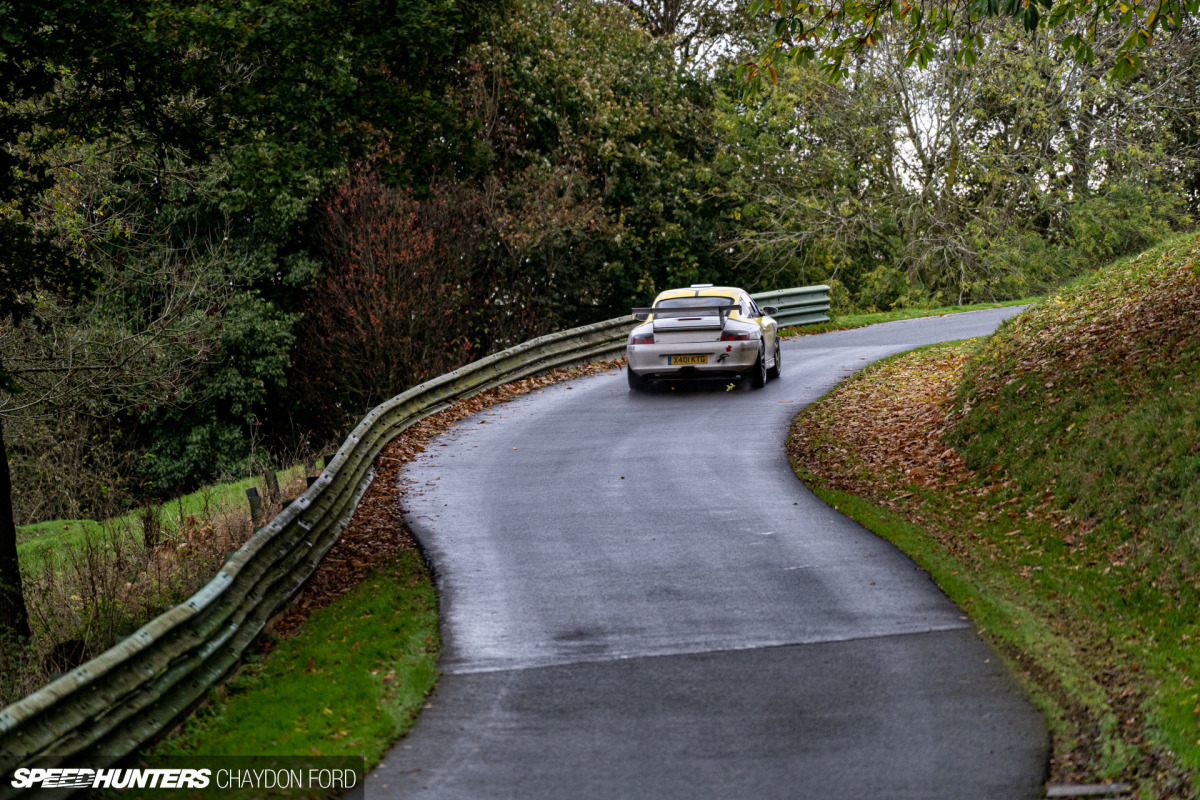
The course culminates in a corner known as Semi-Circle. This requires nerves of steel and full commitment as the outside of the bend is a blind slope which extends around 150-feet to brush-land below. You don’t want to go off here.
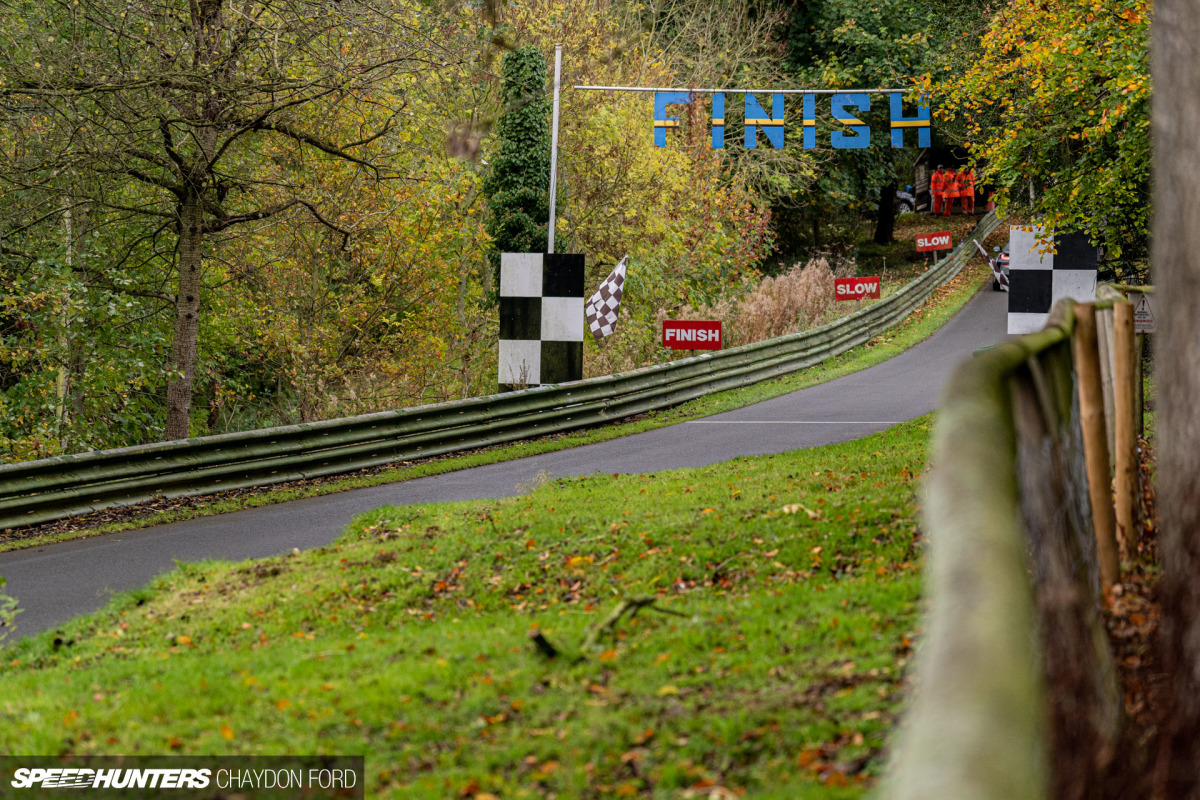
If you’ve made it to this point, you cross the finish line. While the quickest cars dipped into the high 47-second range on the day, the outright record held by Wallace Menzies in a Gould GR59 (a single seater with over 650 horsepower) stands at 34.65 seconds.
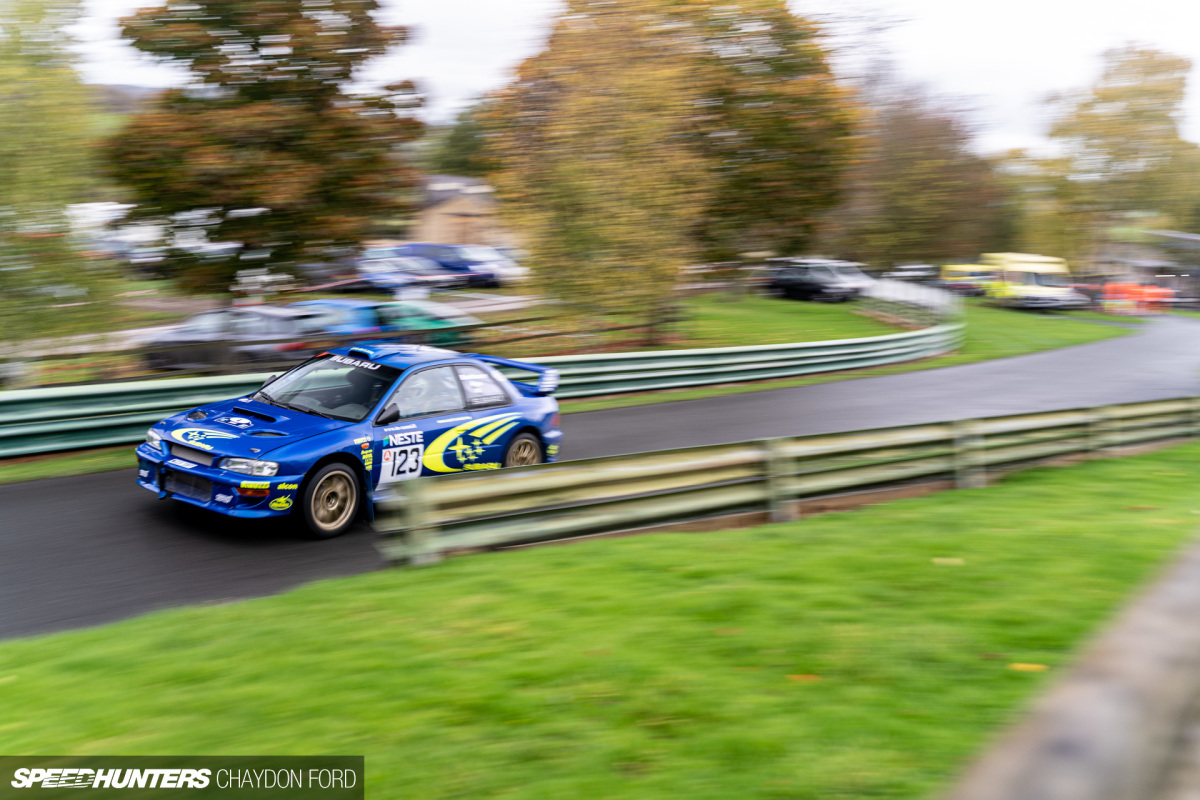
A unique feature compared to other hill climbs in the UK is a separate return road, which means cars can continually attack the hill at 30-second intervals.
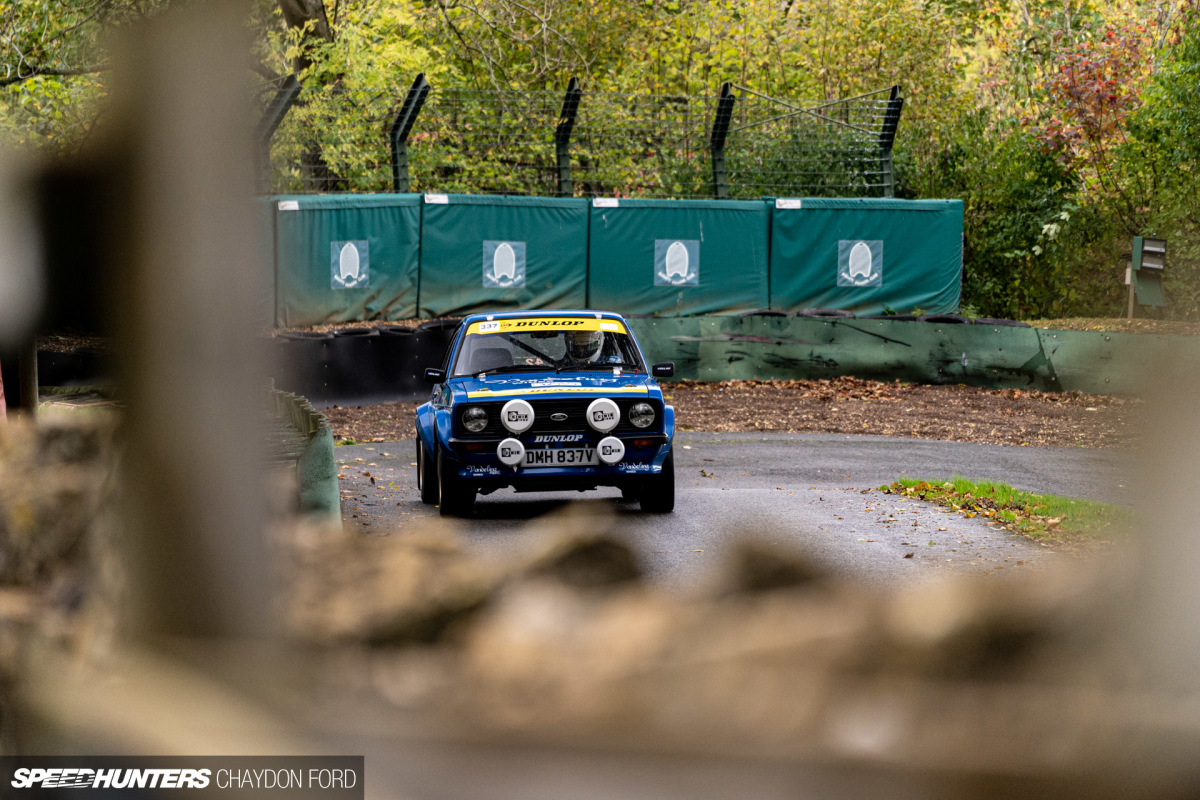
Seeing how different types of cars did this made for interesting viewing. While many of the front-wheel drive cars managed throttle and steering inputs to control understeer, the rear-wheel drive cars were doing the same to avoid doing pirouettes.
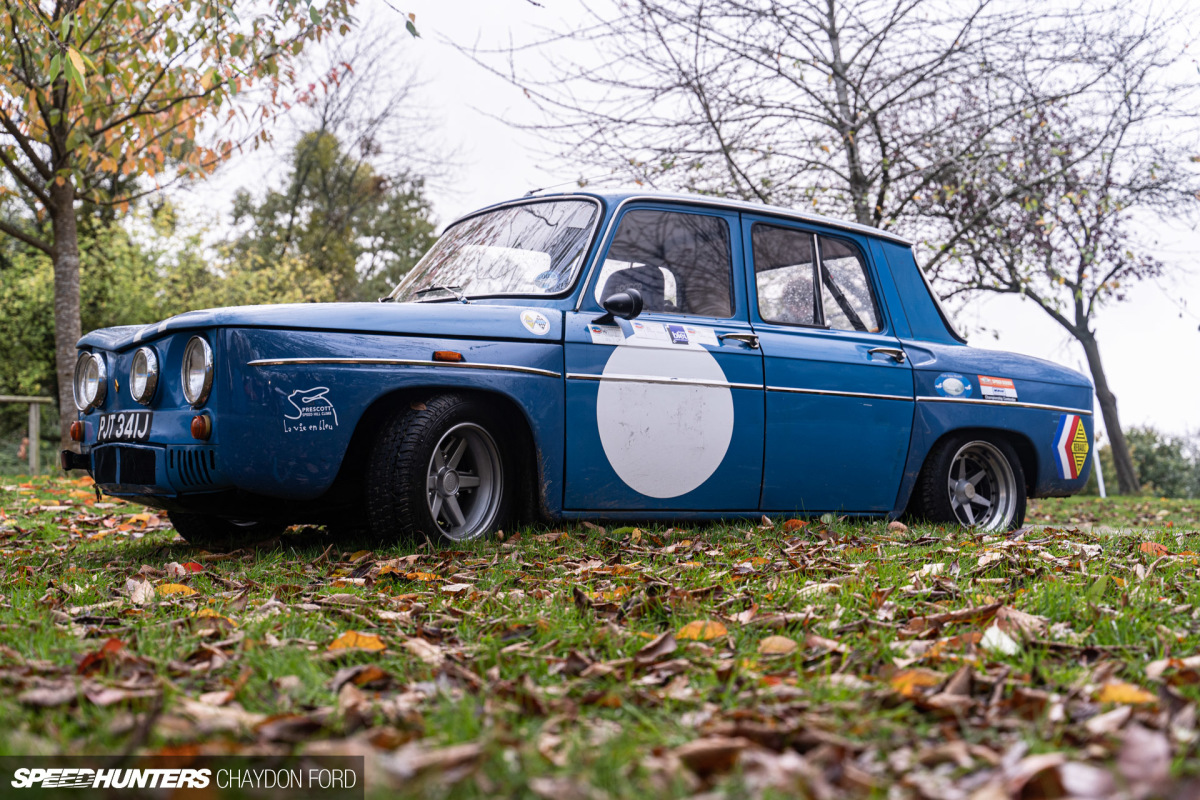
Grassroots motorsports events are a truly special thing and while it may be a bold claim, I think Britain does them better than most. Rallye Prescott is definitely a sum of its parts. With a visually-stunning venue steeped in history, a mixture of incredible cars and the UK’s quintessential enthusiasm for motorsport, this is a British hill climb to the T.
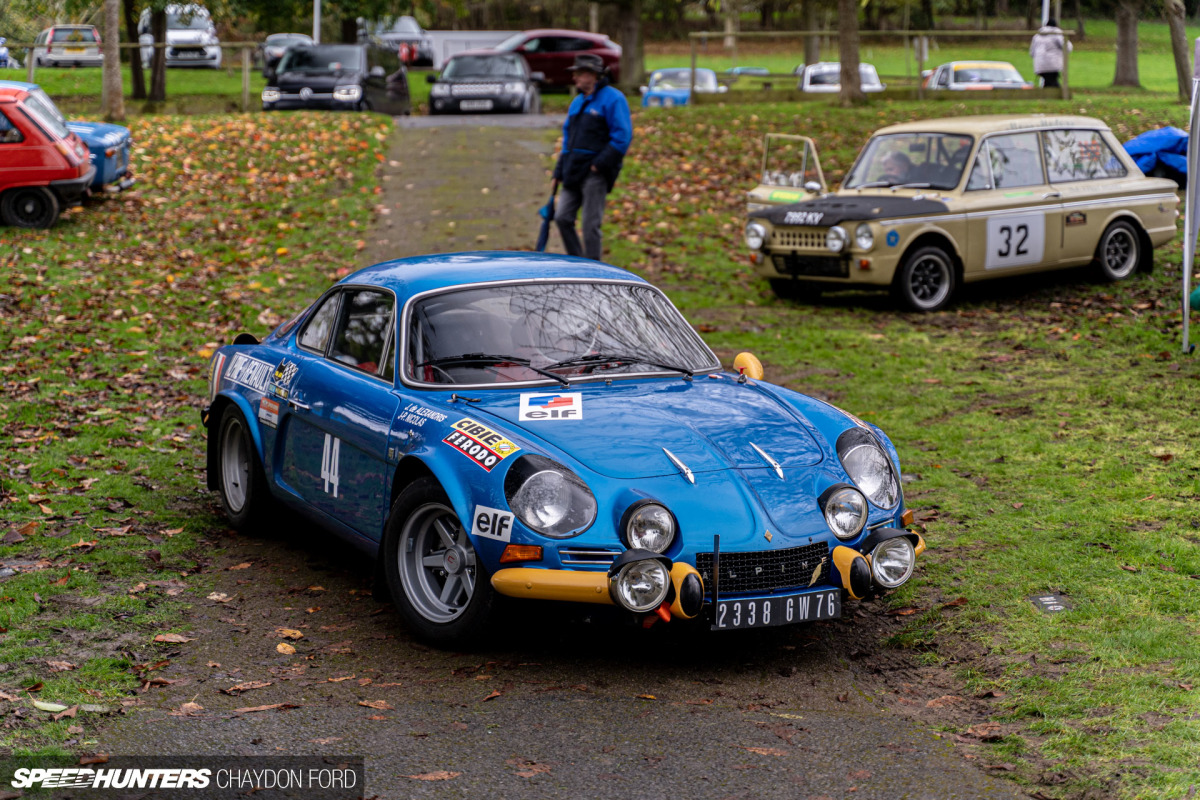
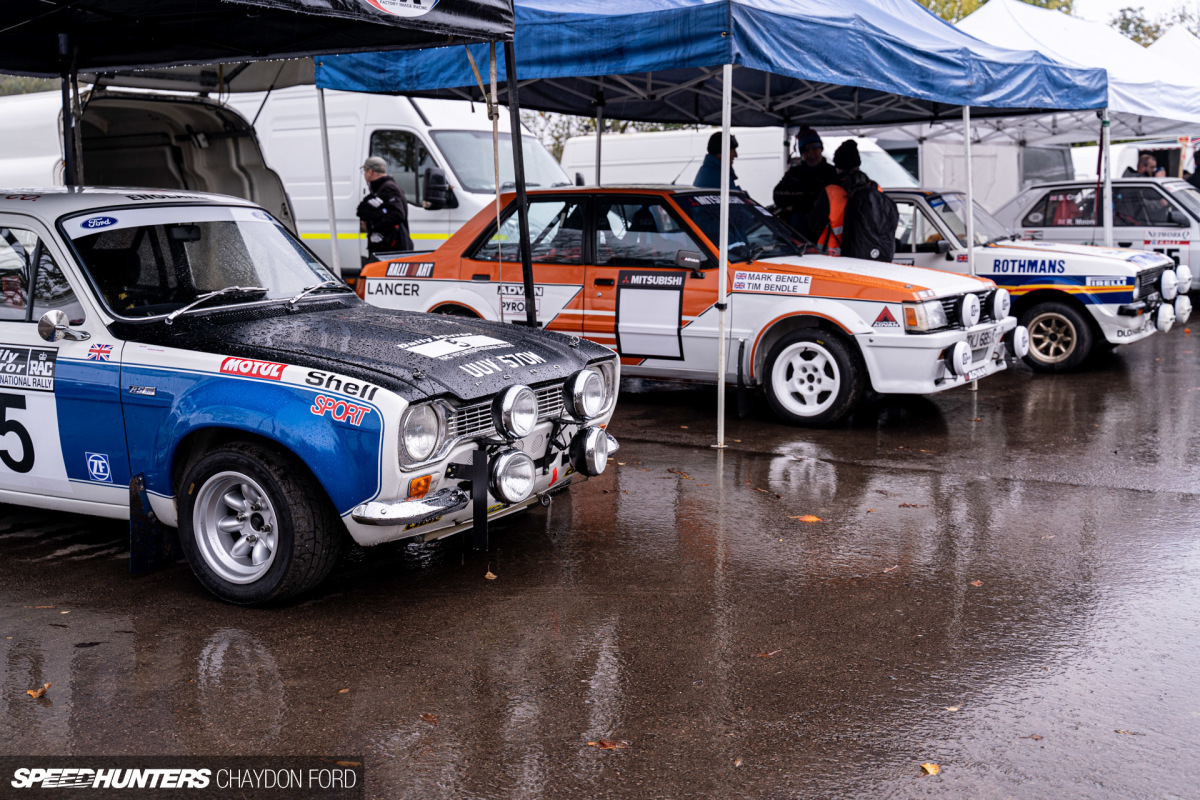
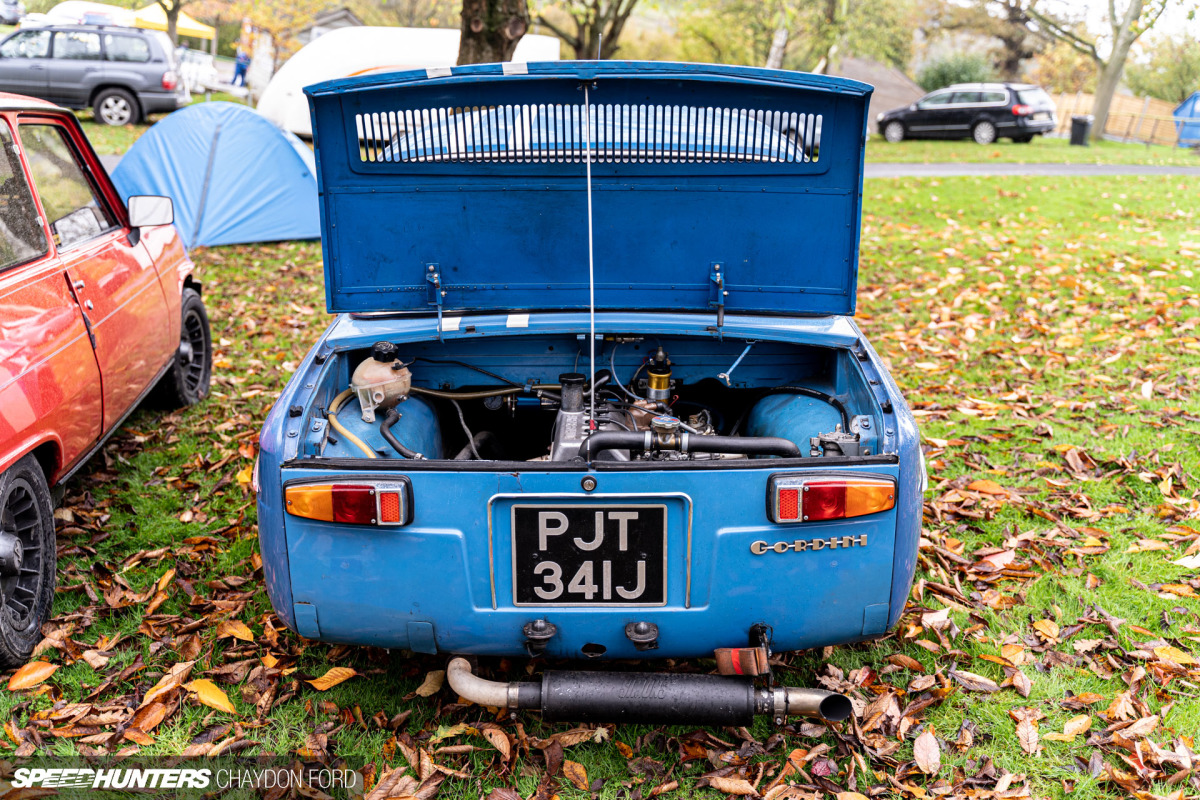
So maybe the traditional elements live on, just with a greater variety of cars? Events like Rallye Prescott can only be a good thing, mixing two different types of motorsport to bring different enthusiasts together. I just won’t hold my breath waiting for pre-war Bugattis on the rally cross tracks yet.
Chaydon Ford
Instagram: chaycore
Hill Climb related stories on Speedhunters

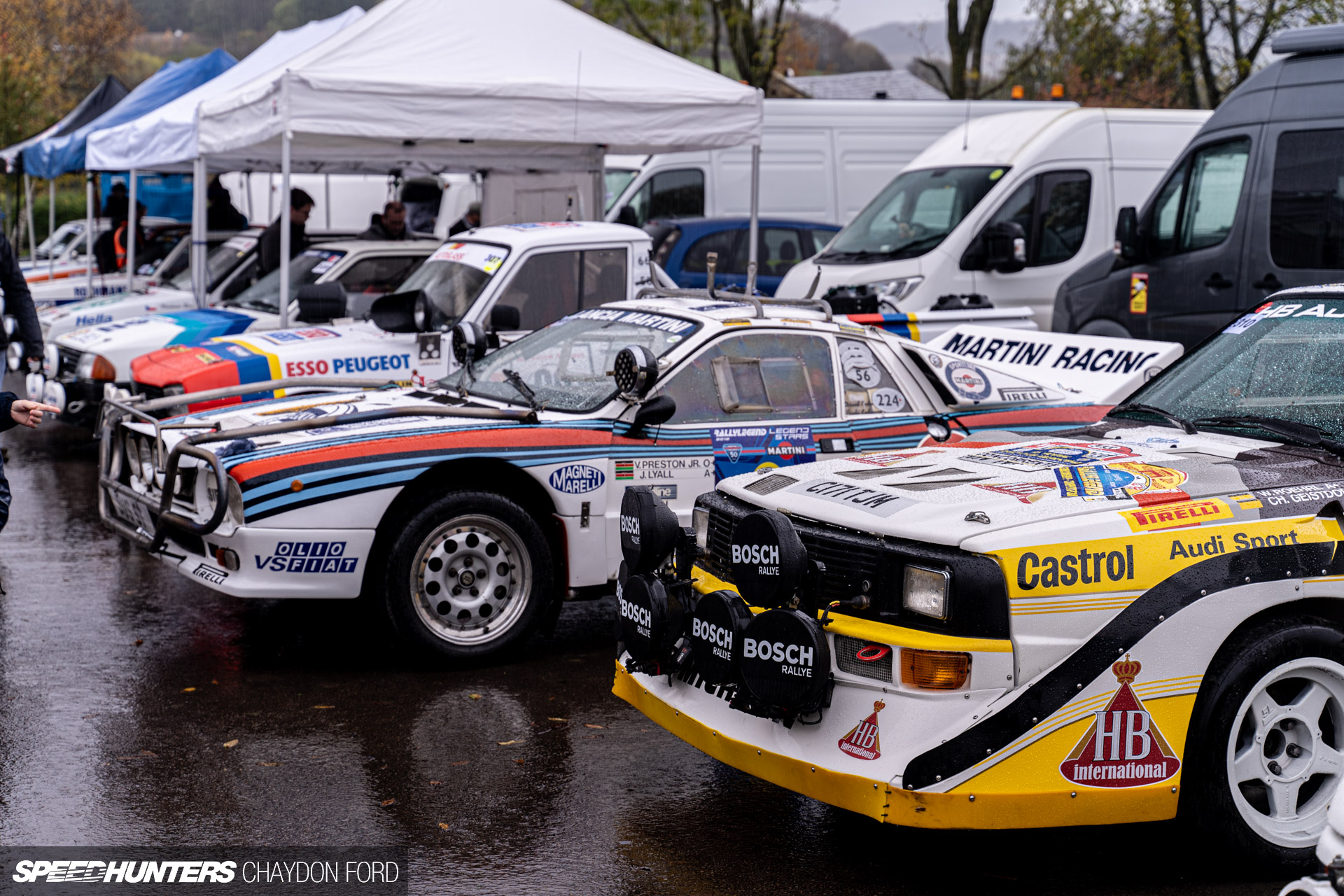
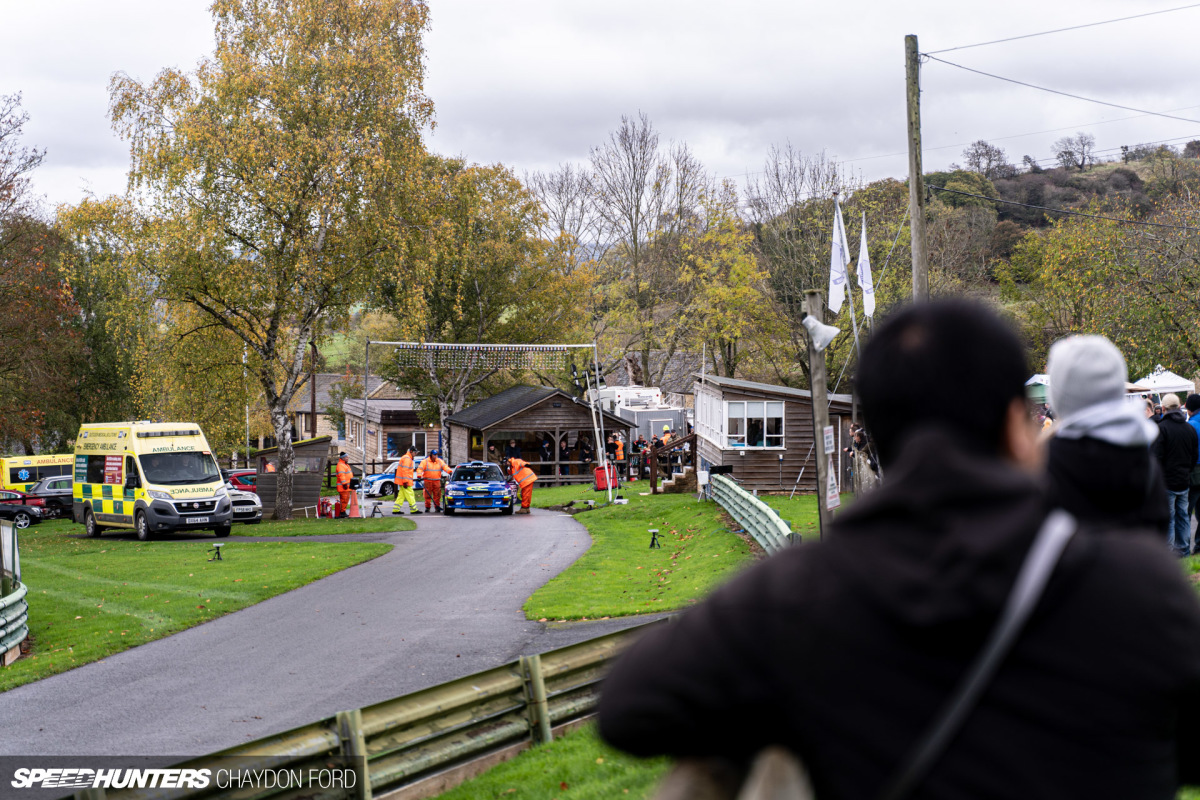
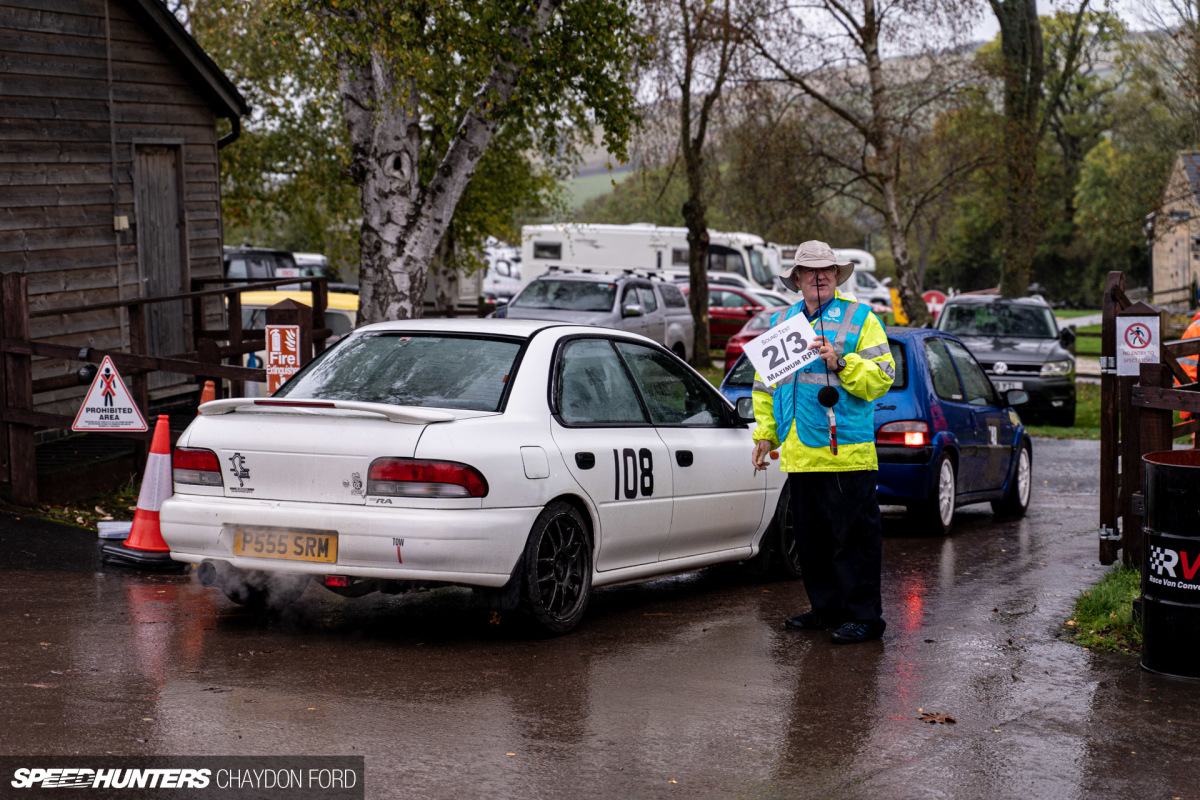
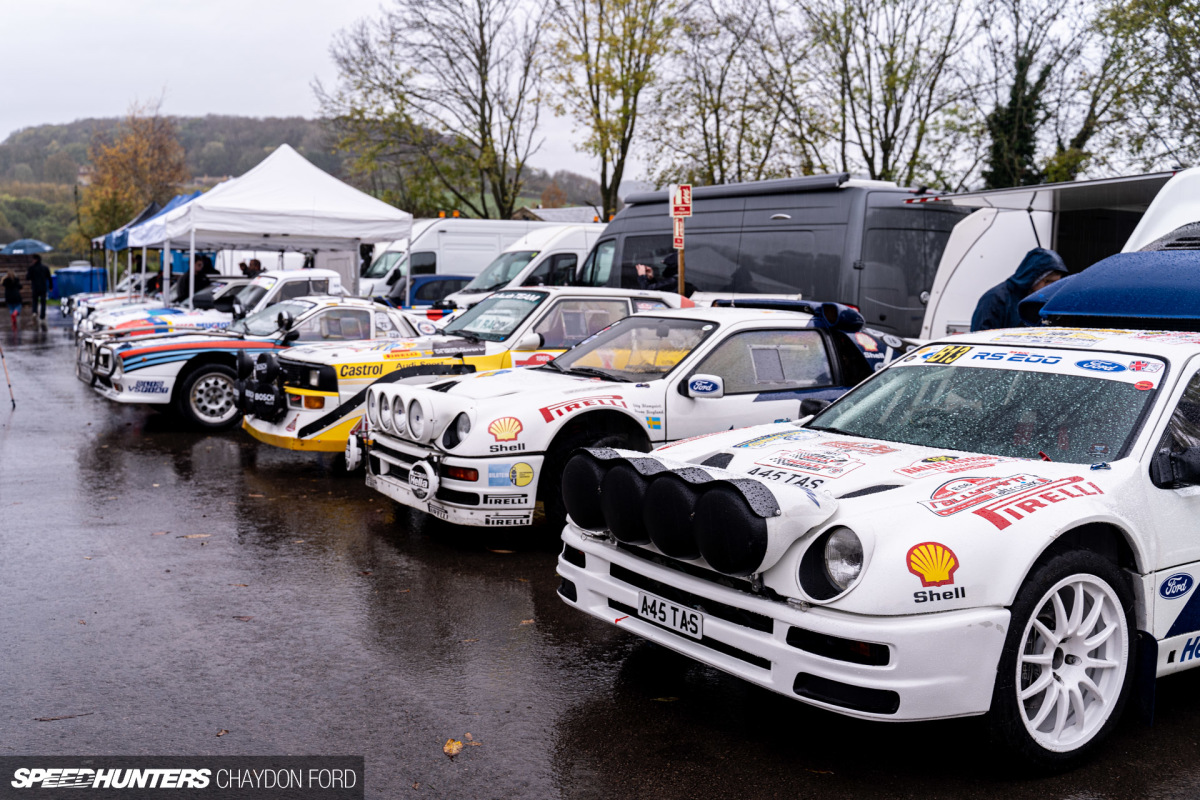
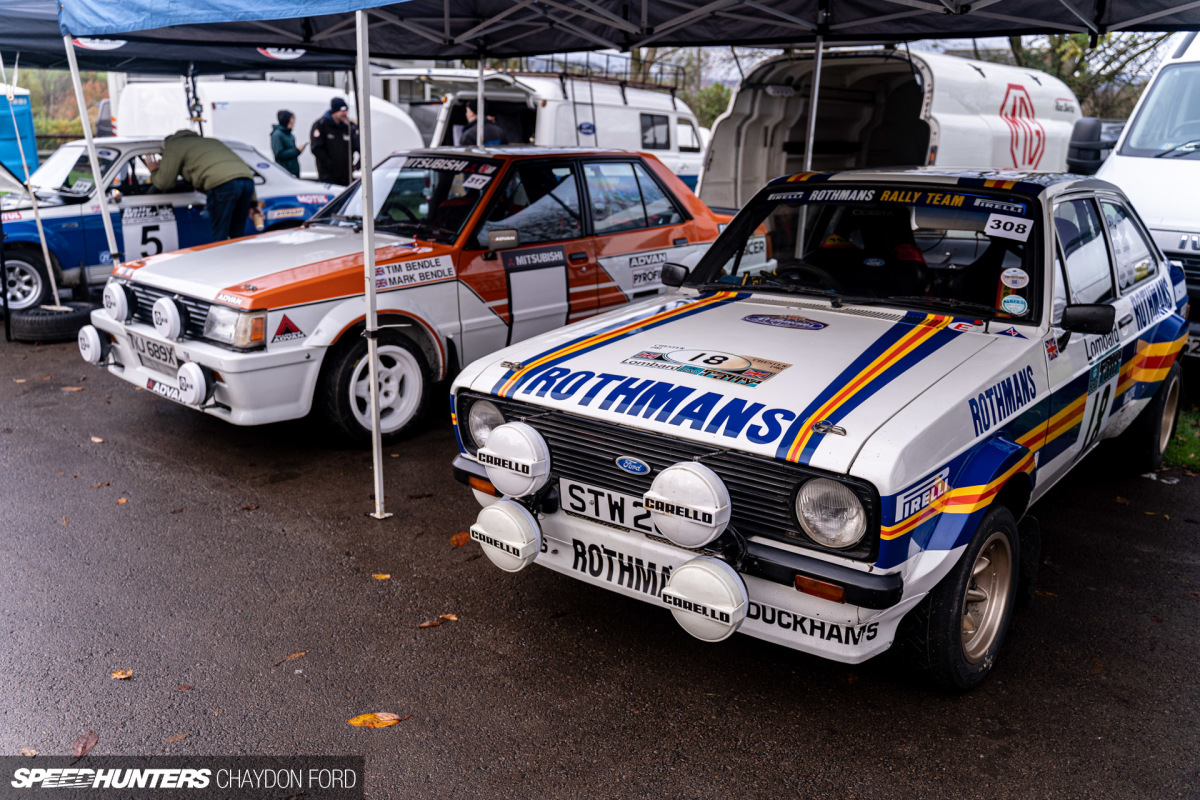
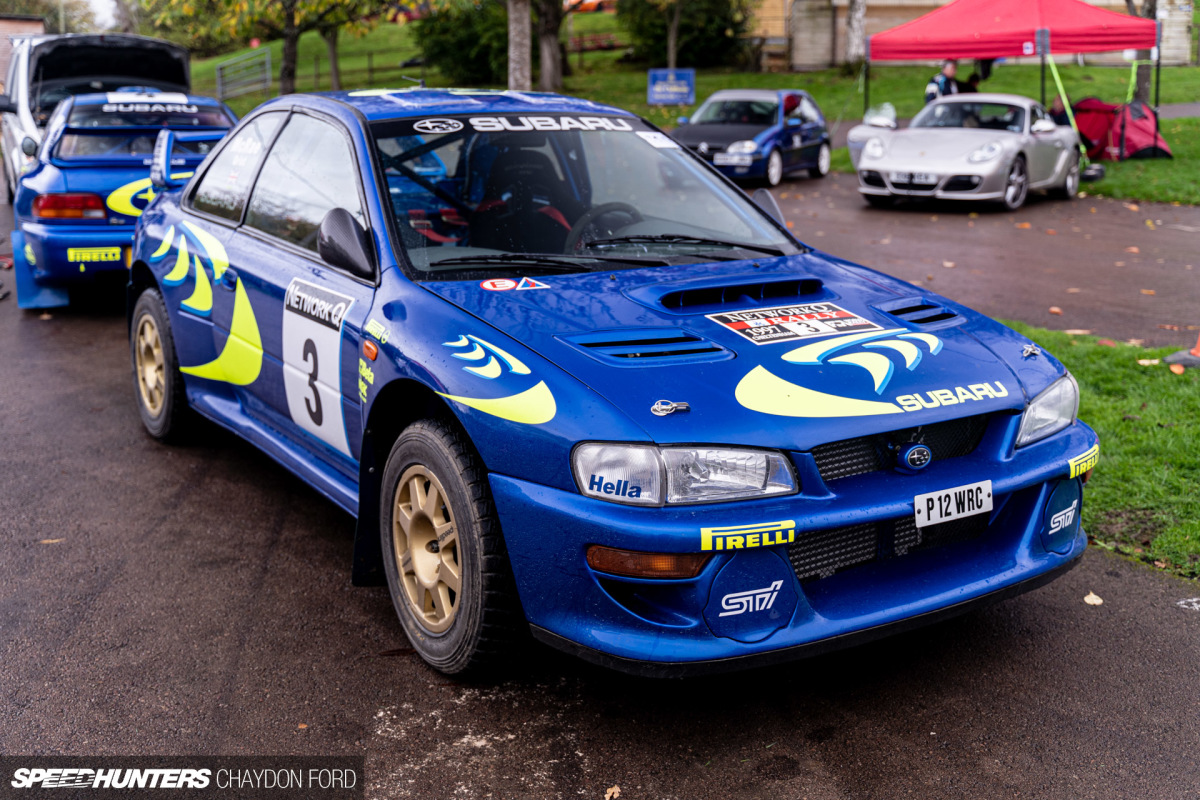
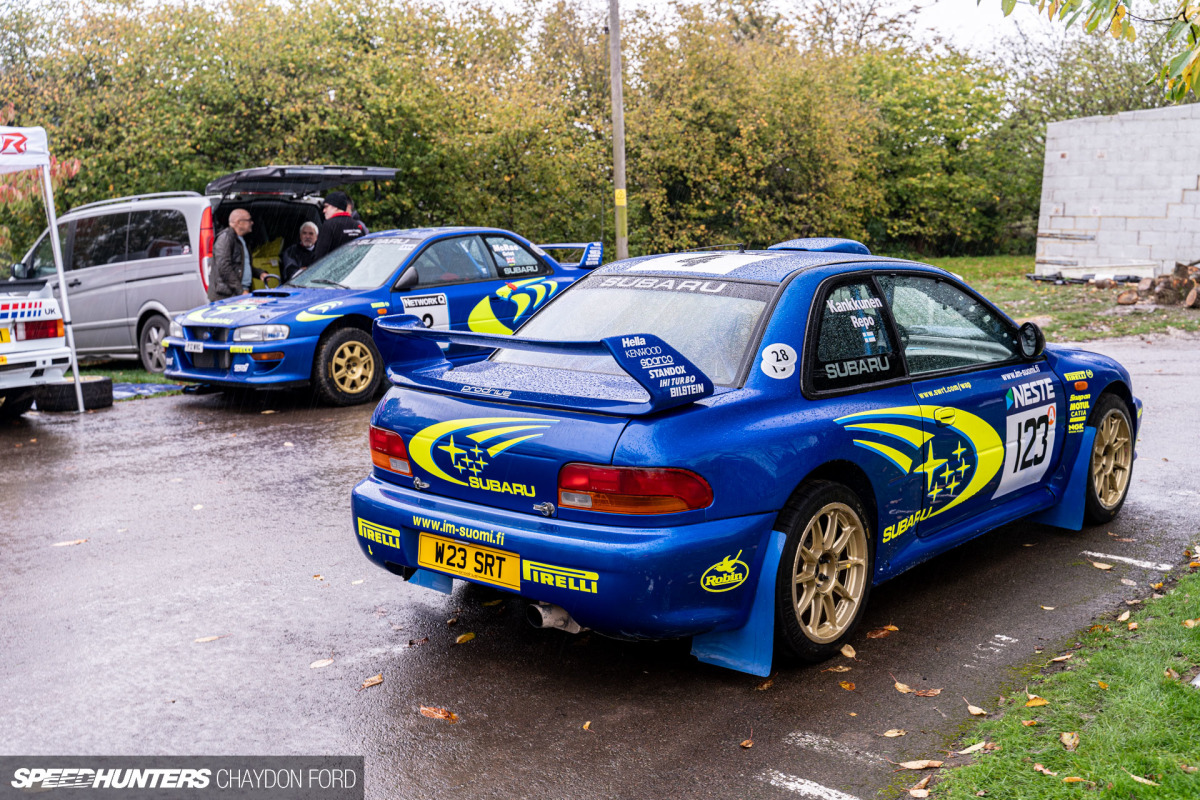
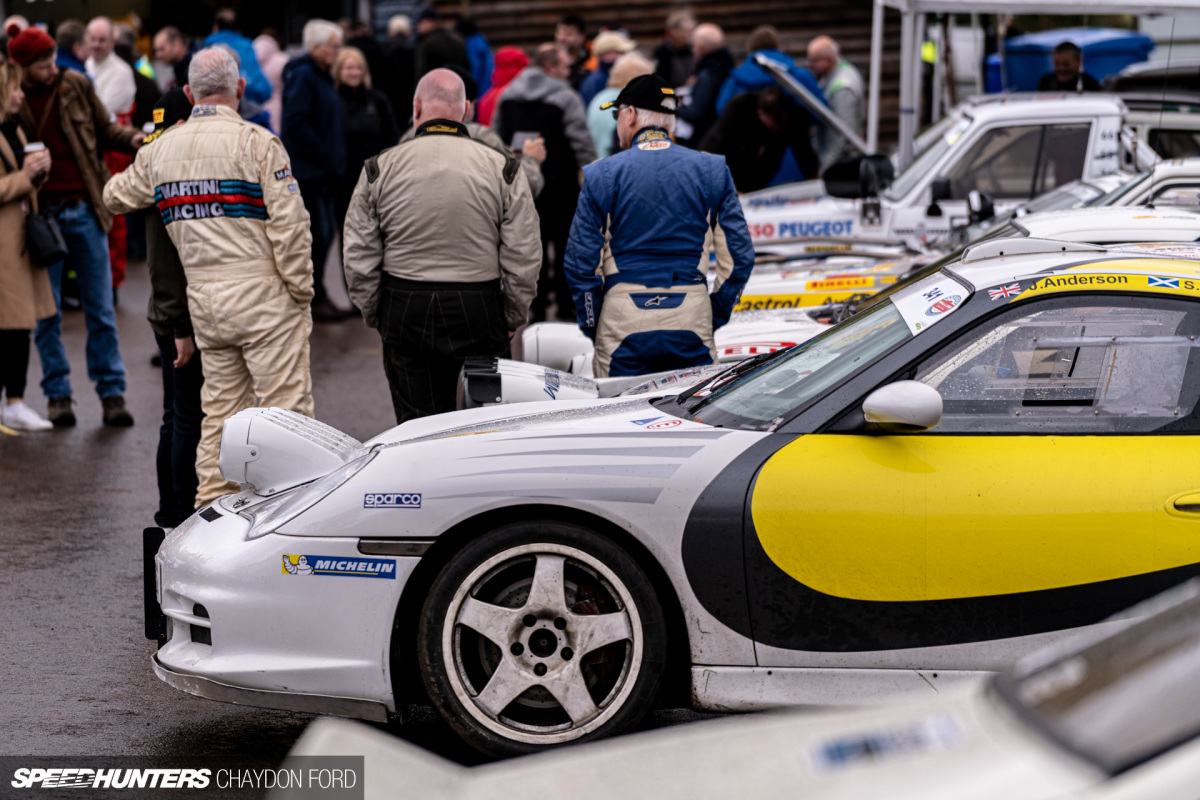
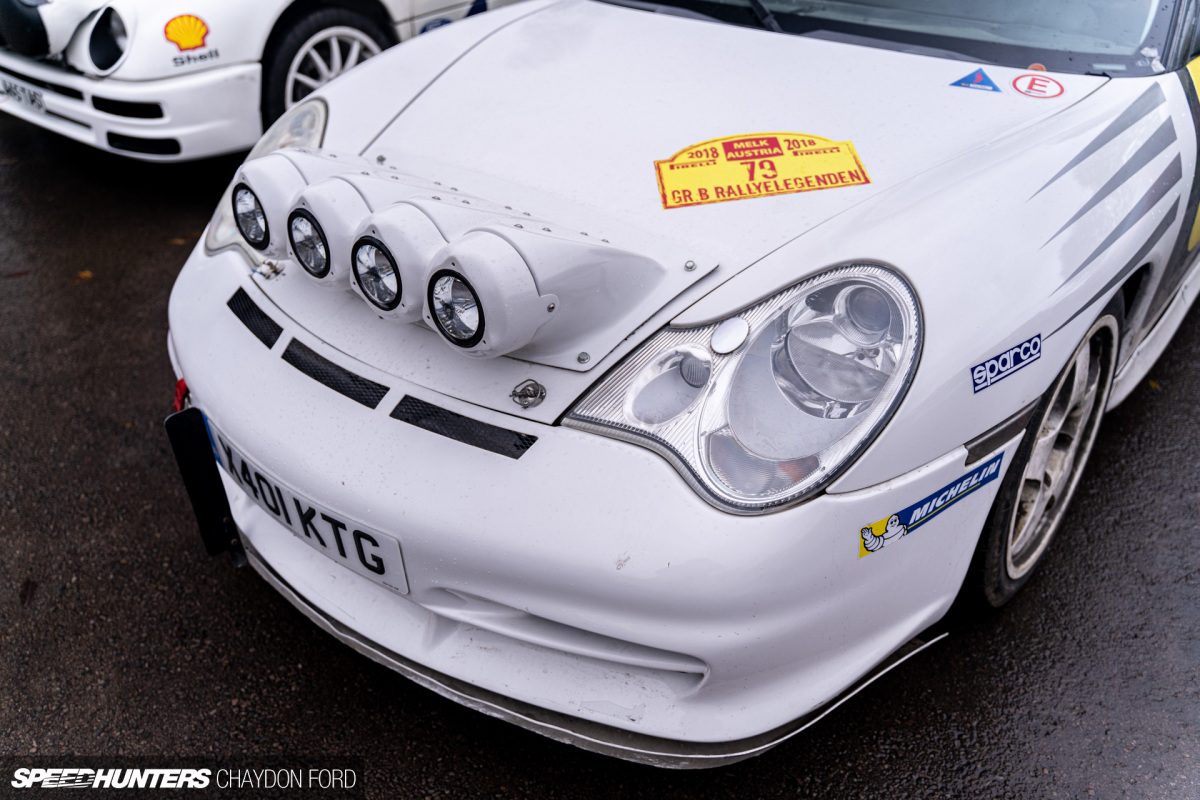
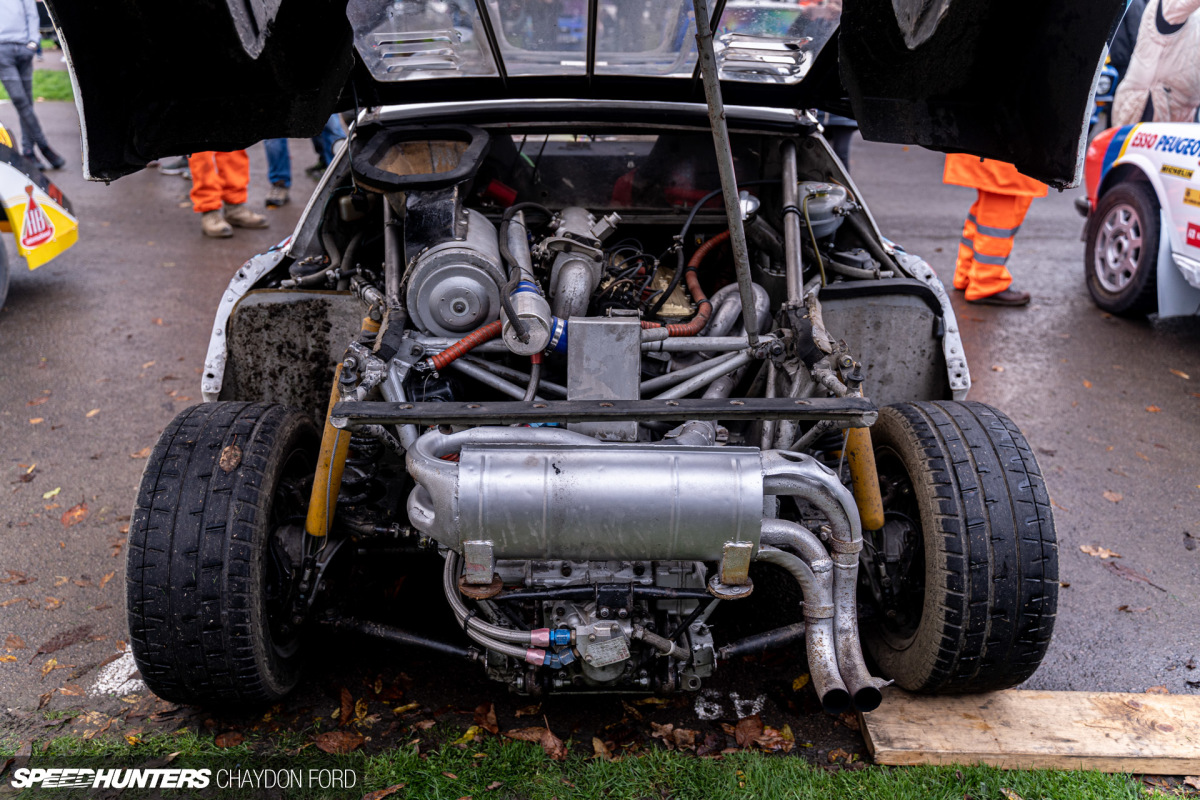
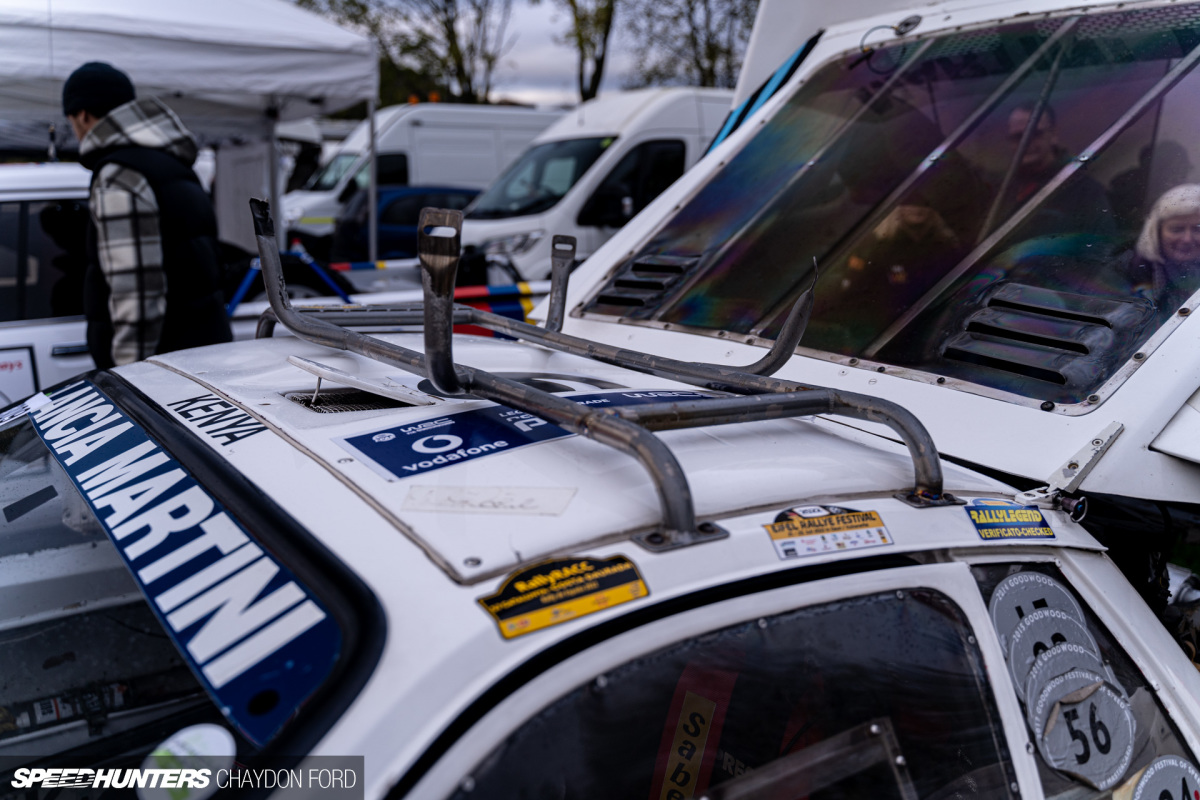
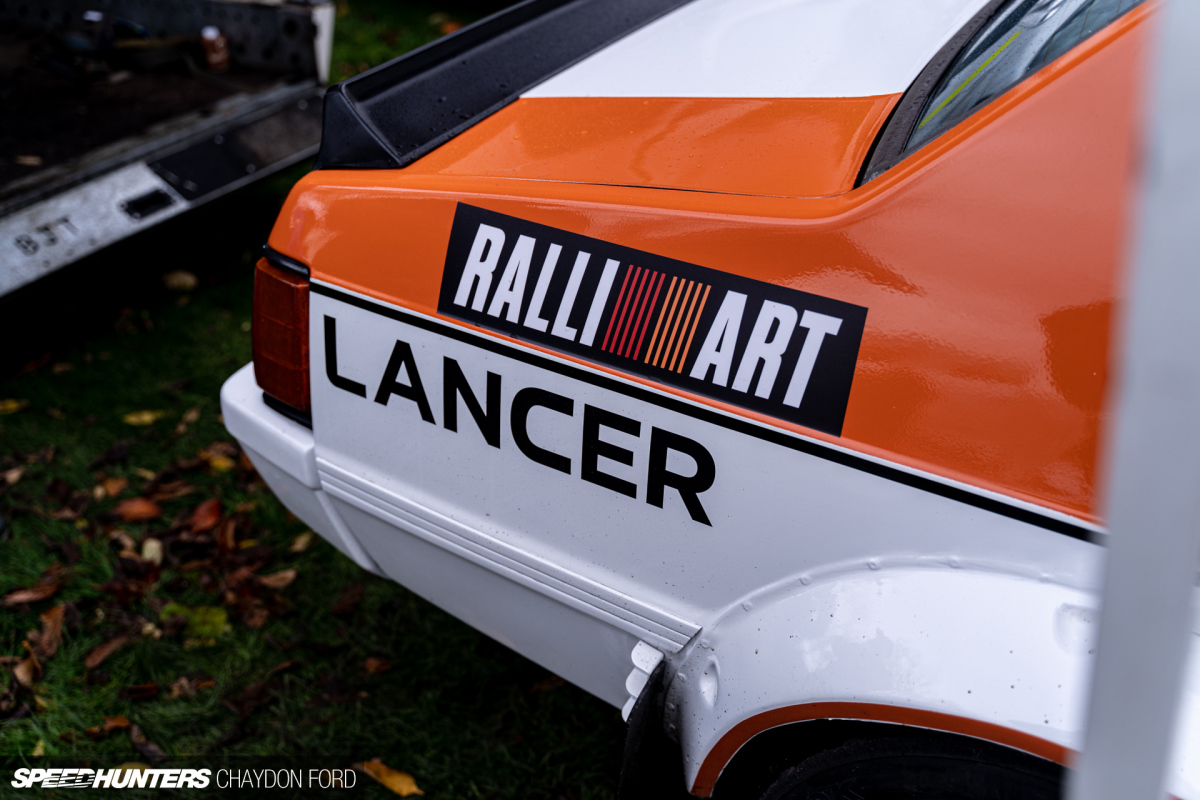
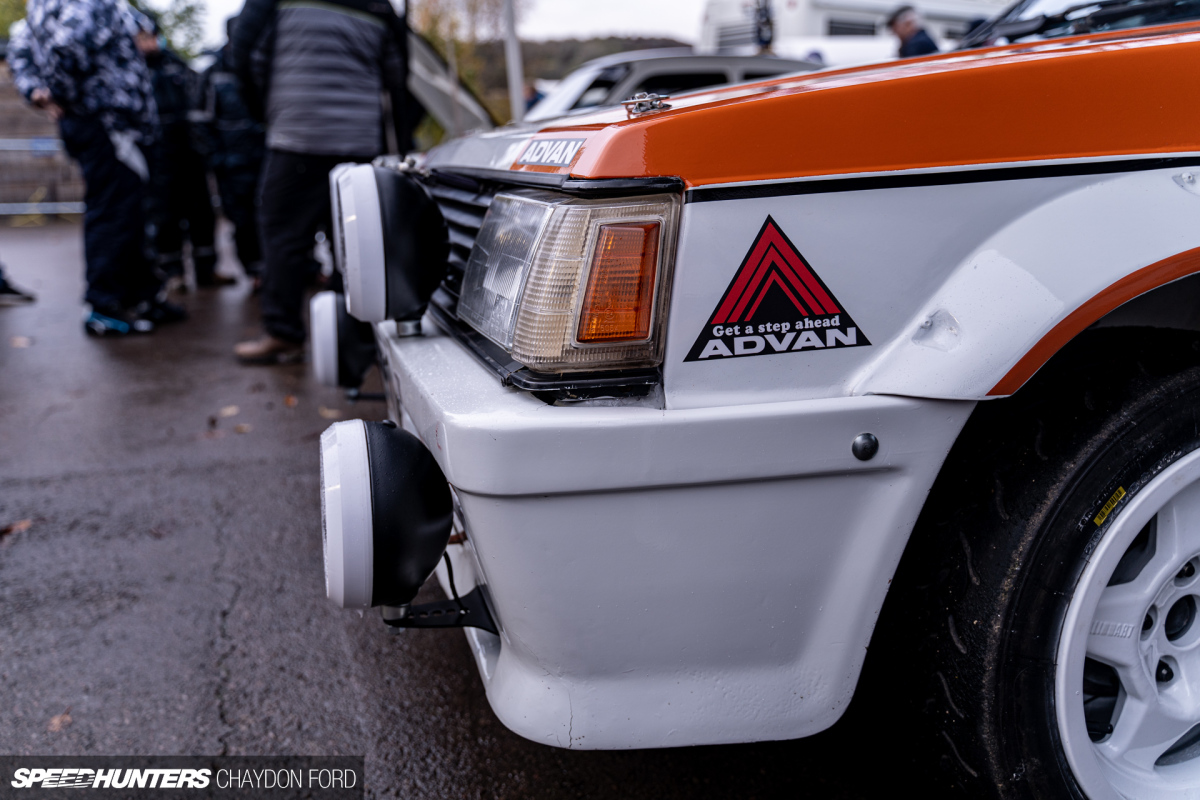
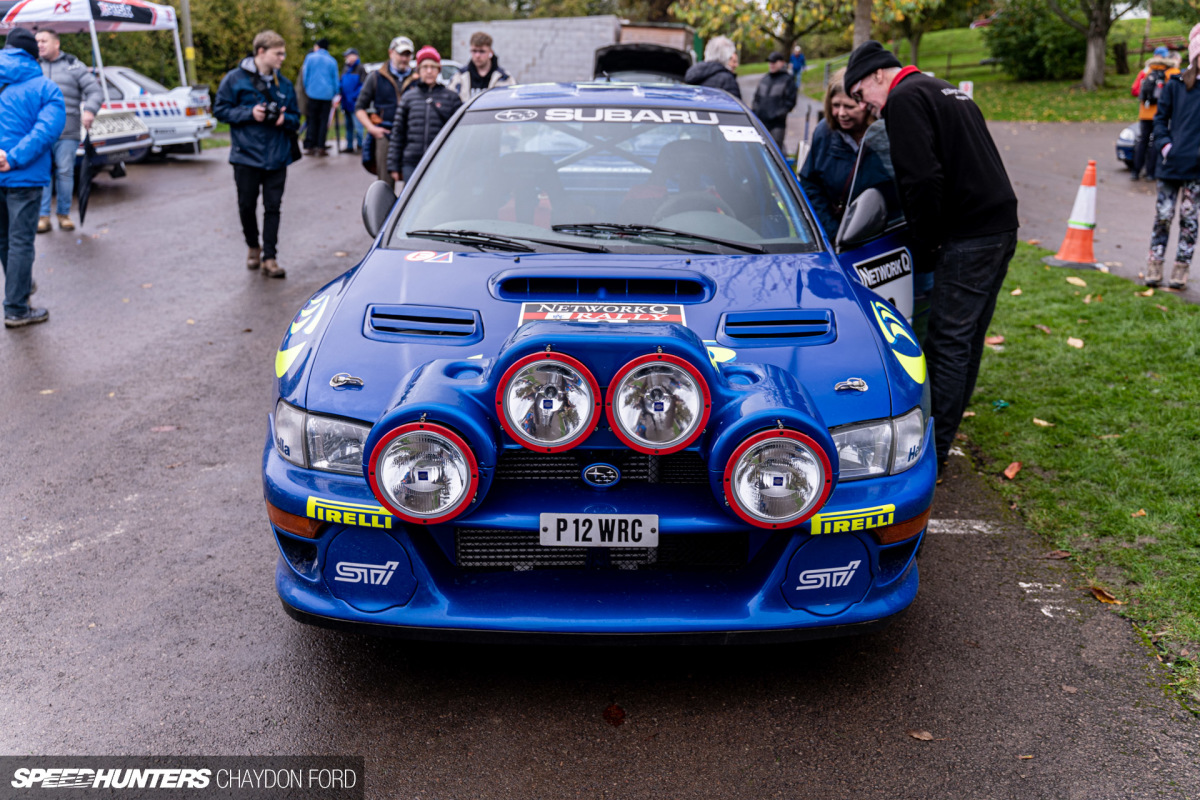
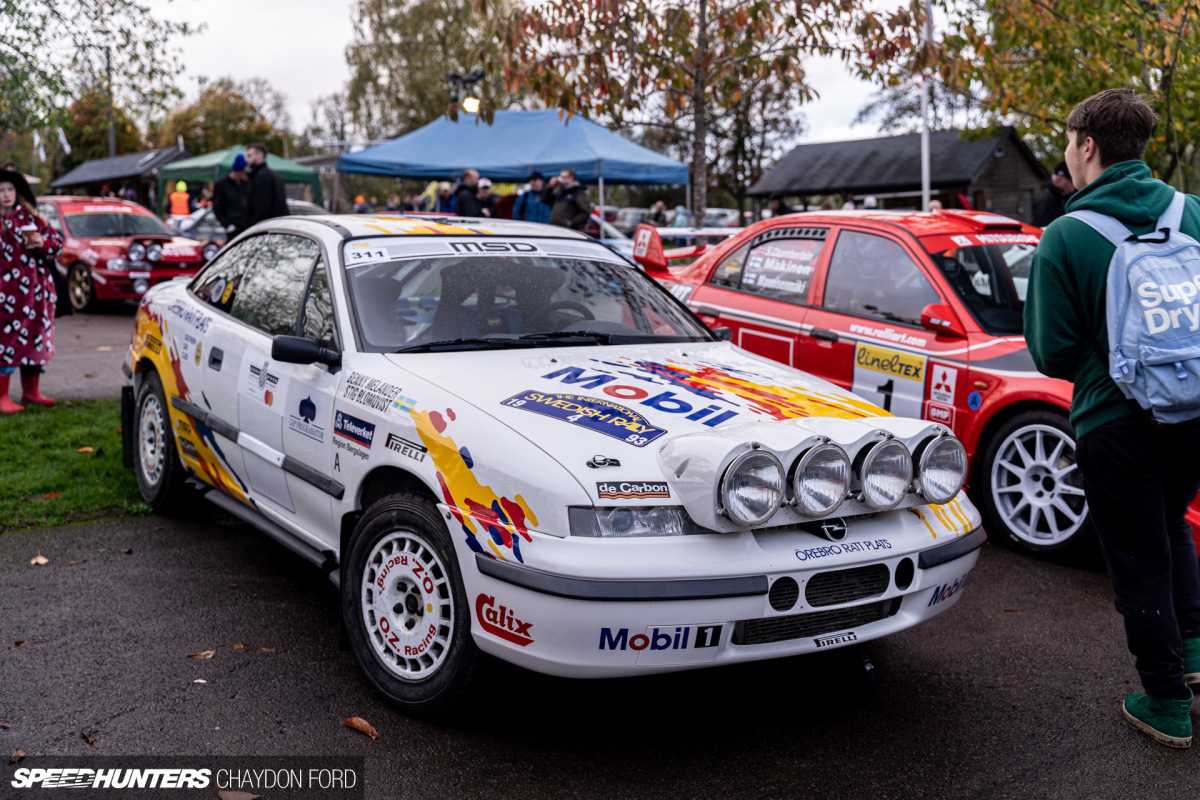
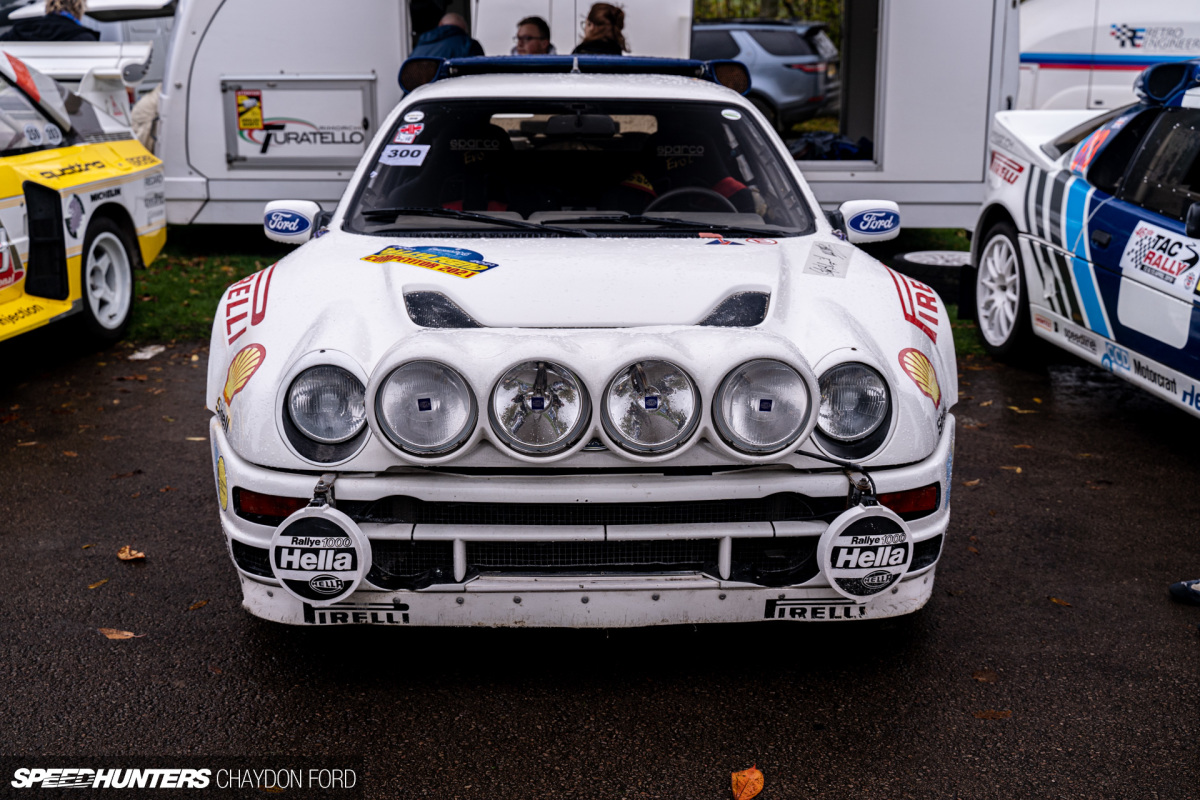
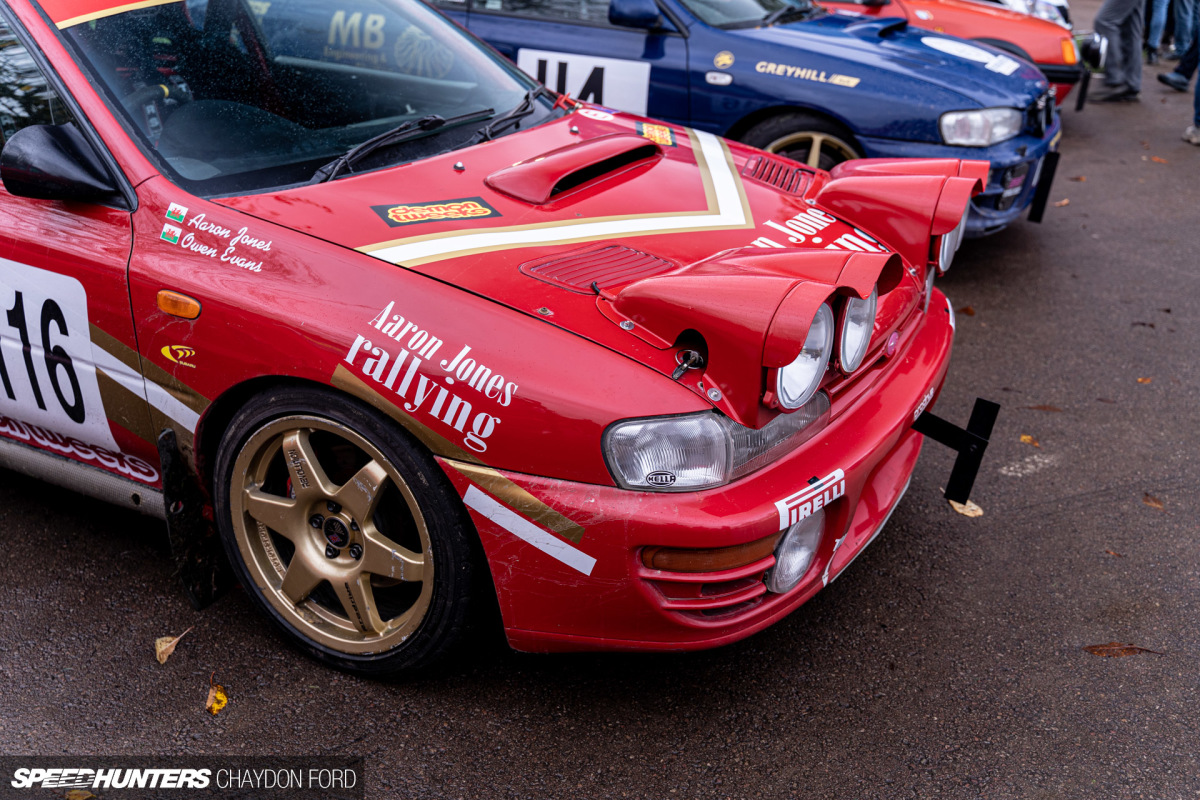
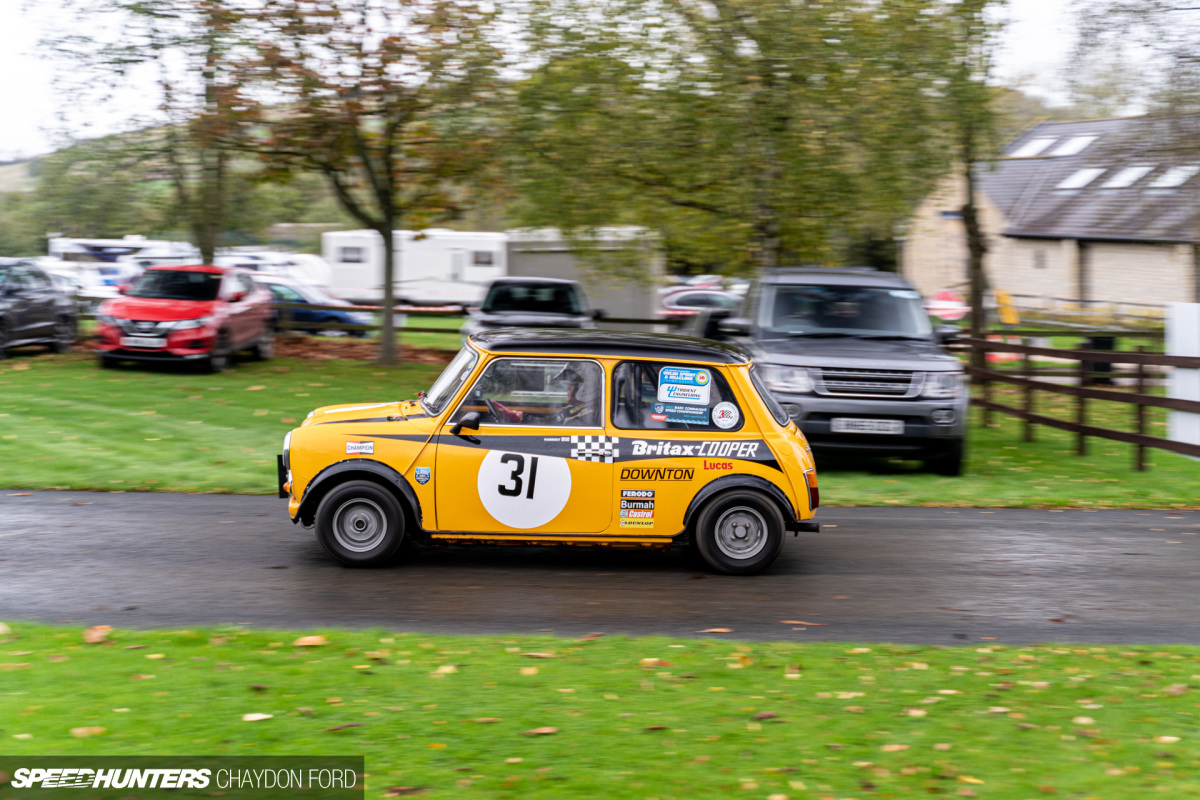
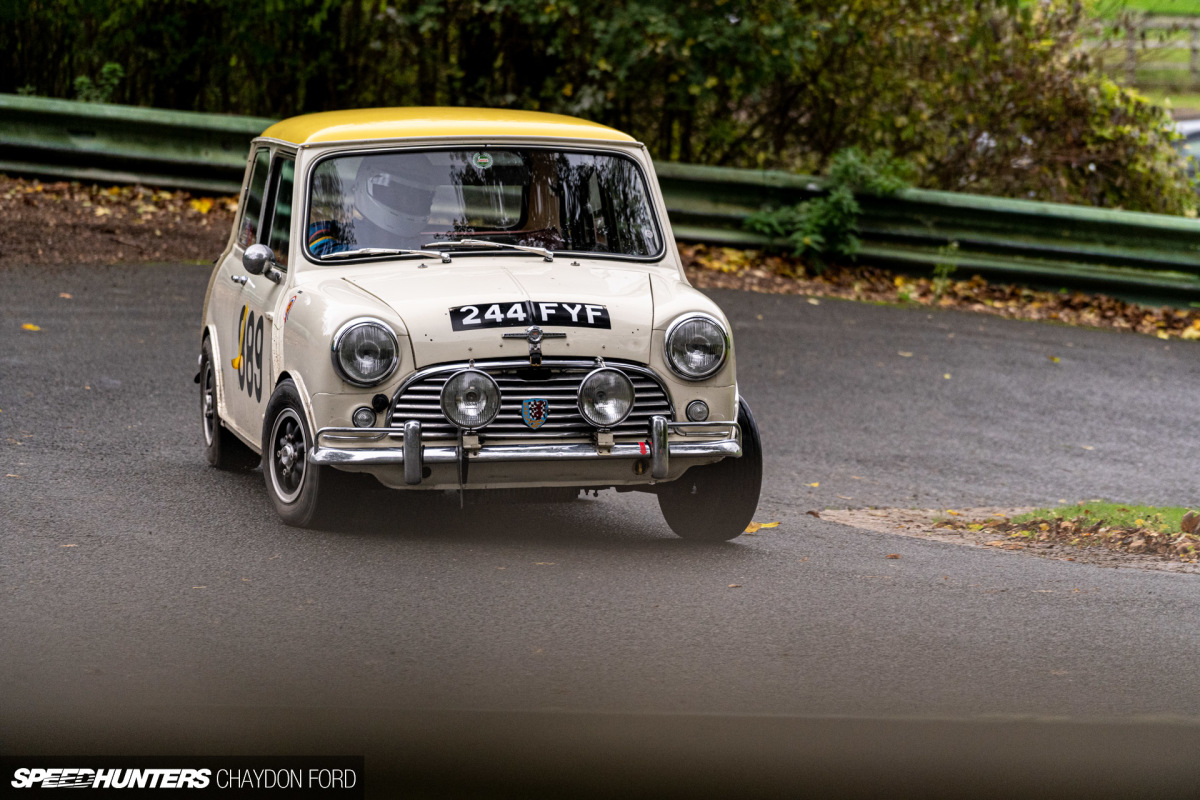
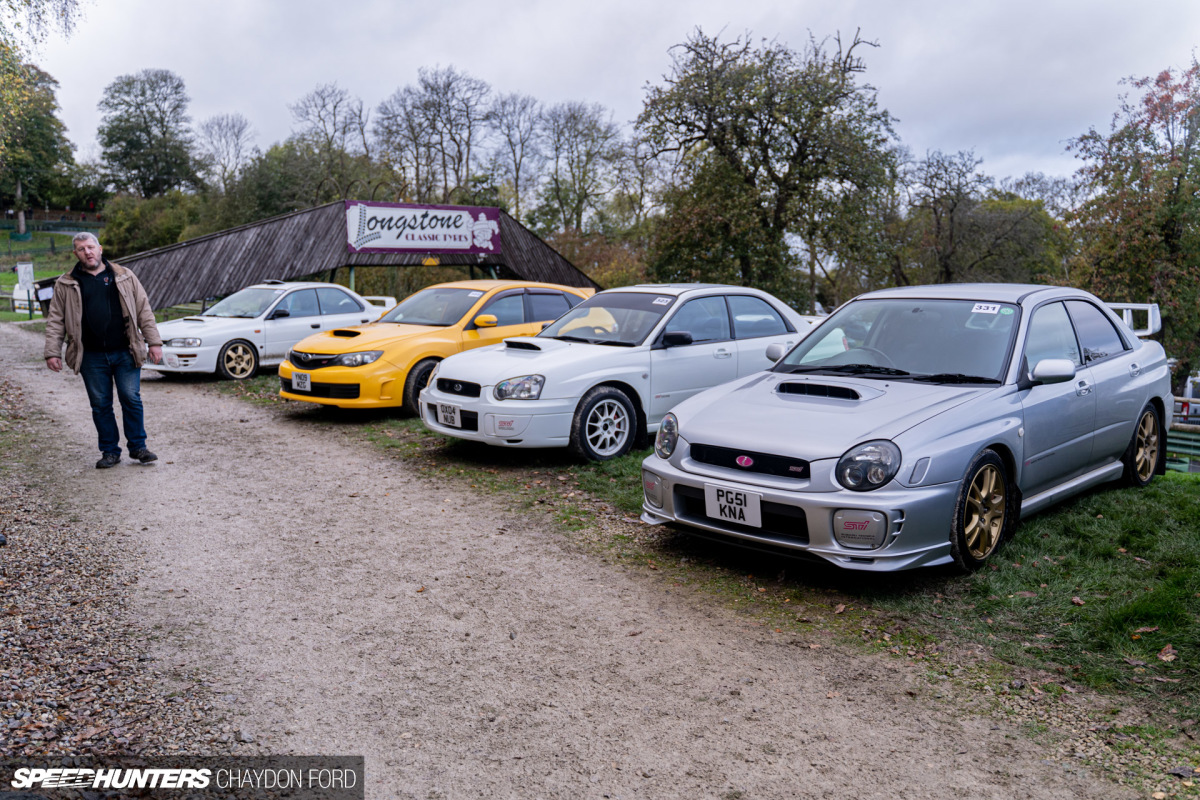
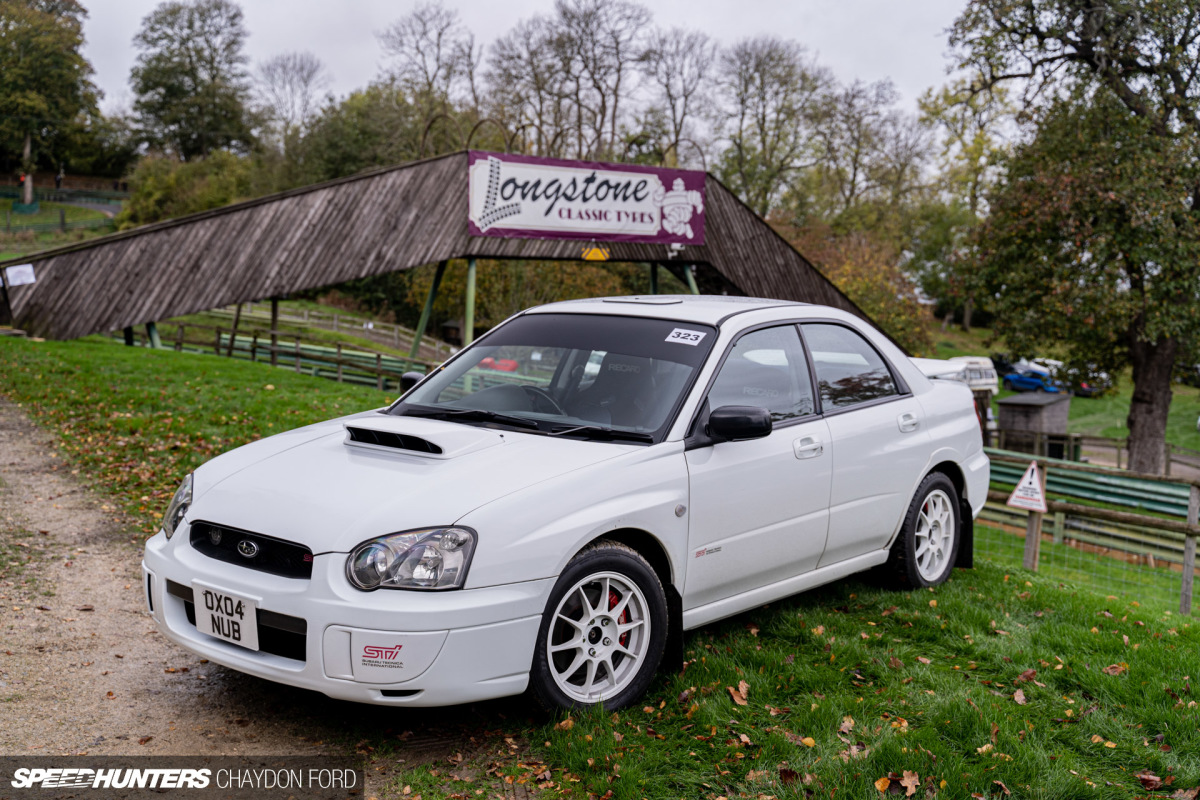
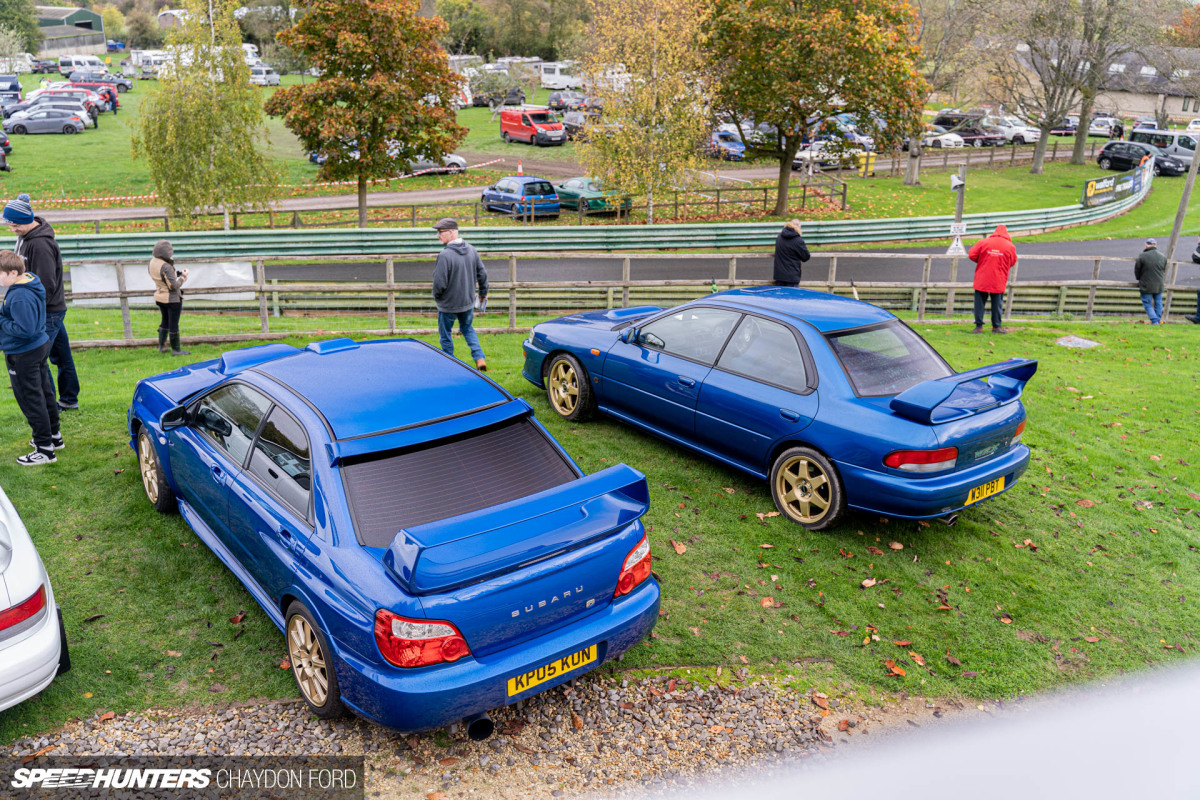
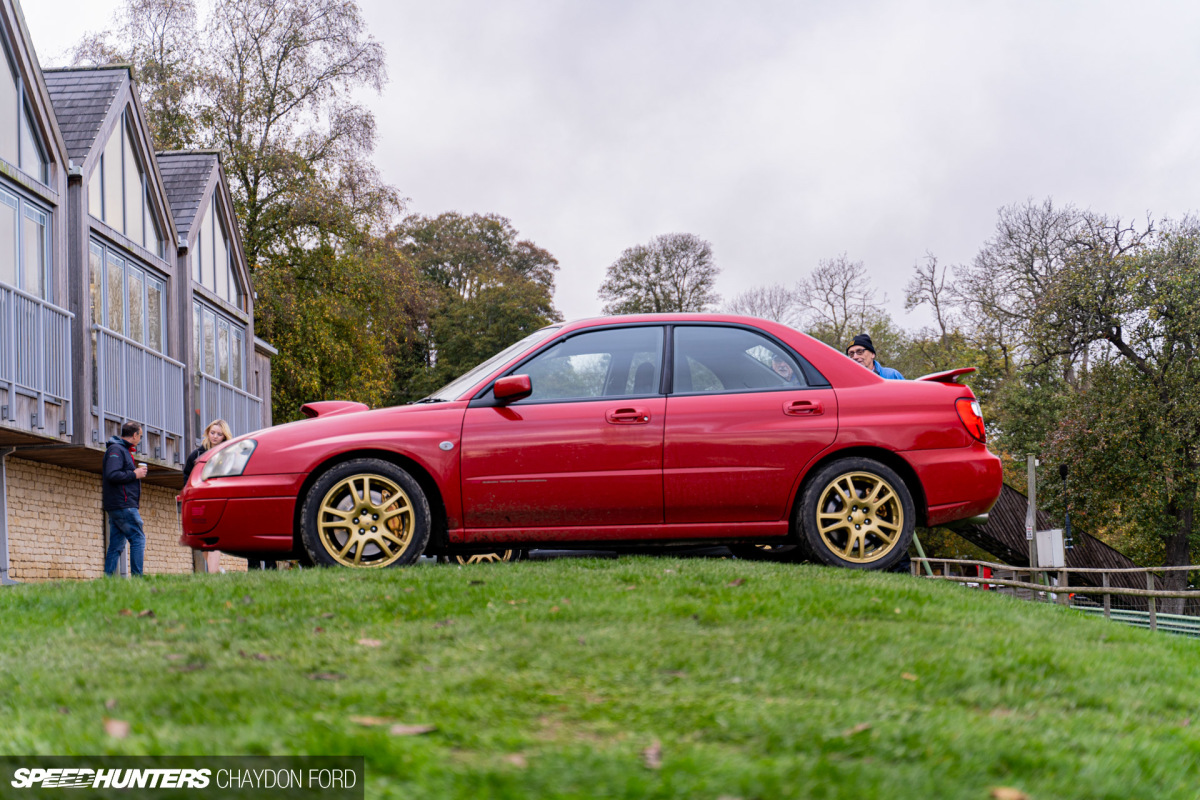
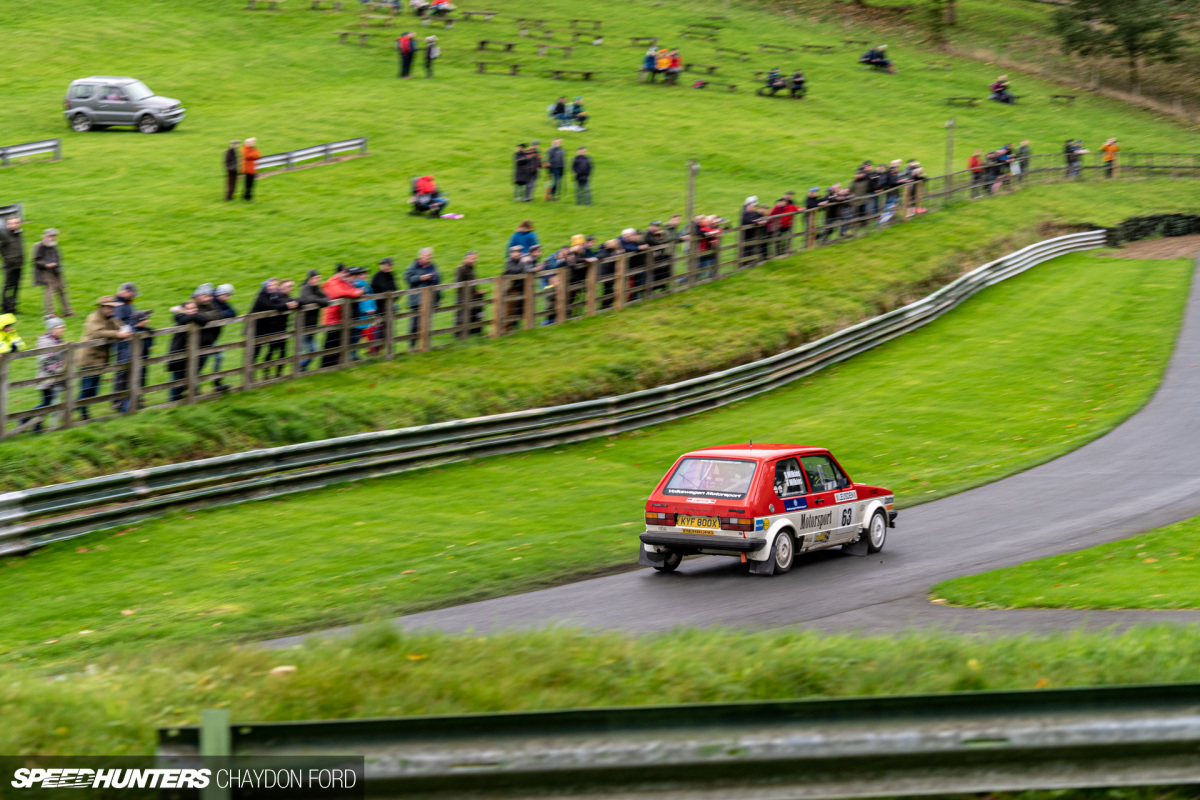
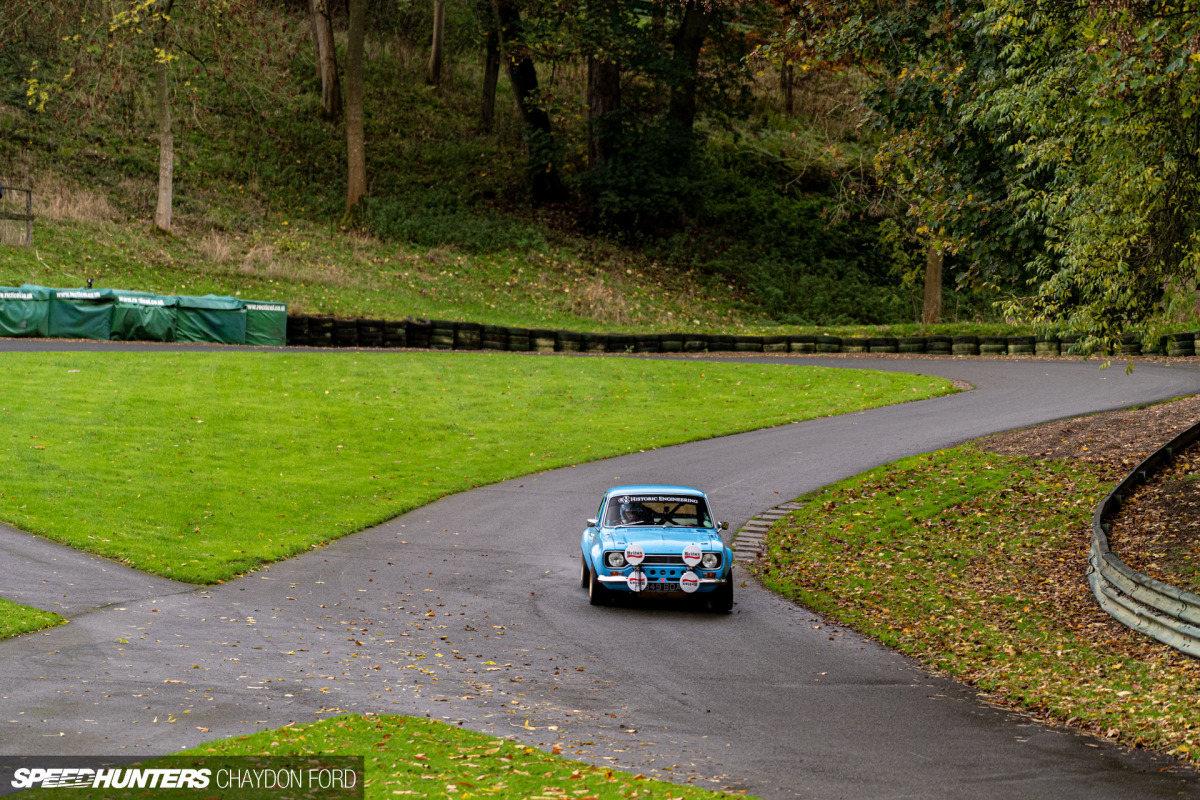
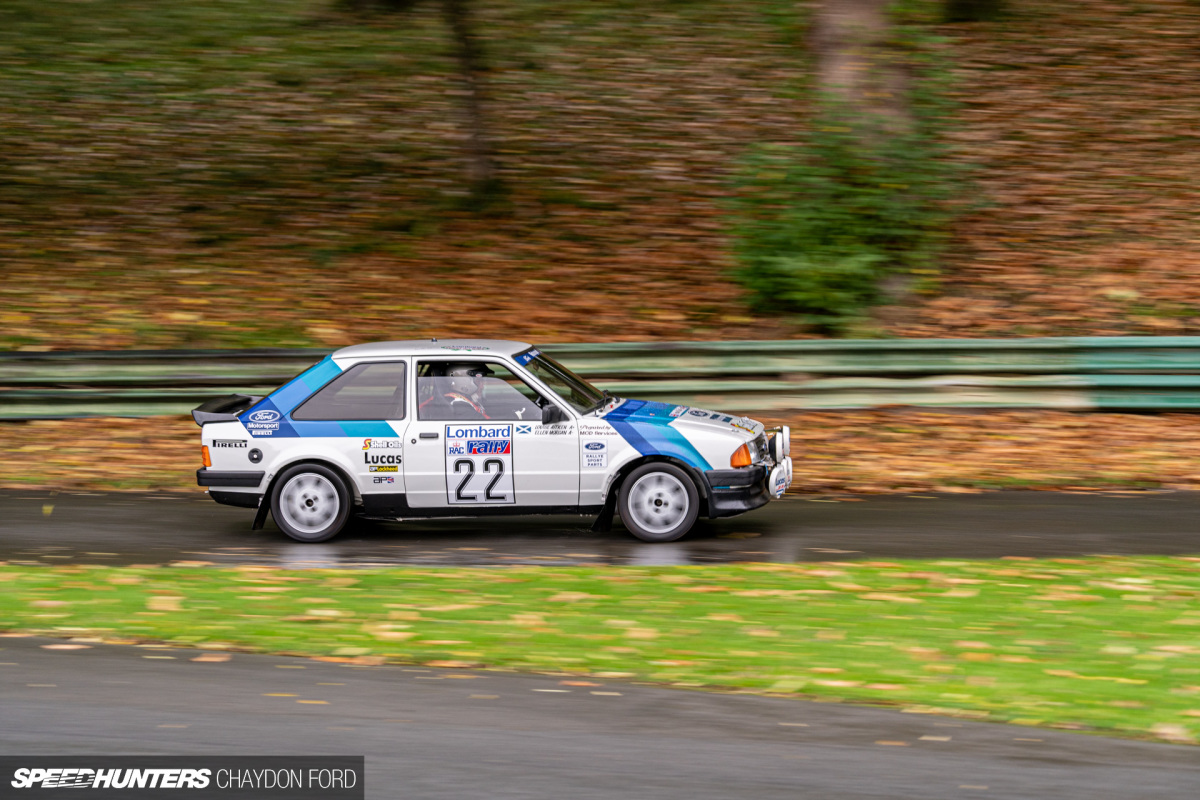
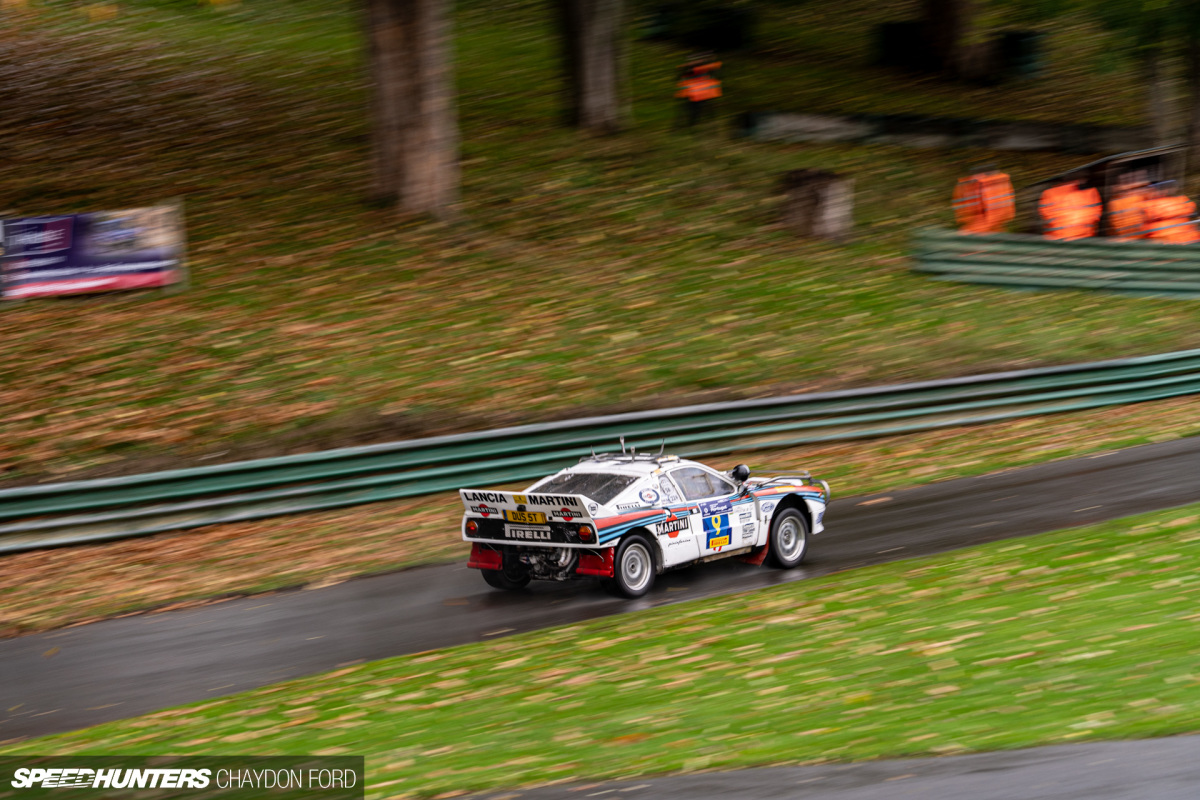
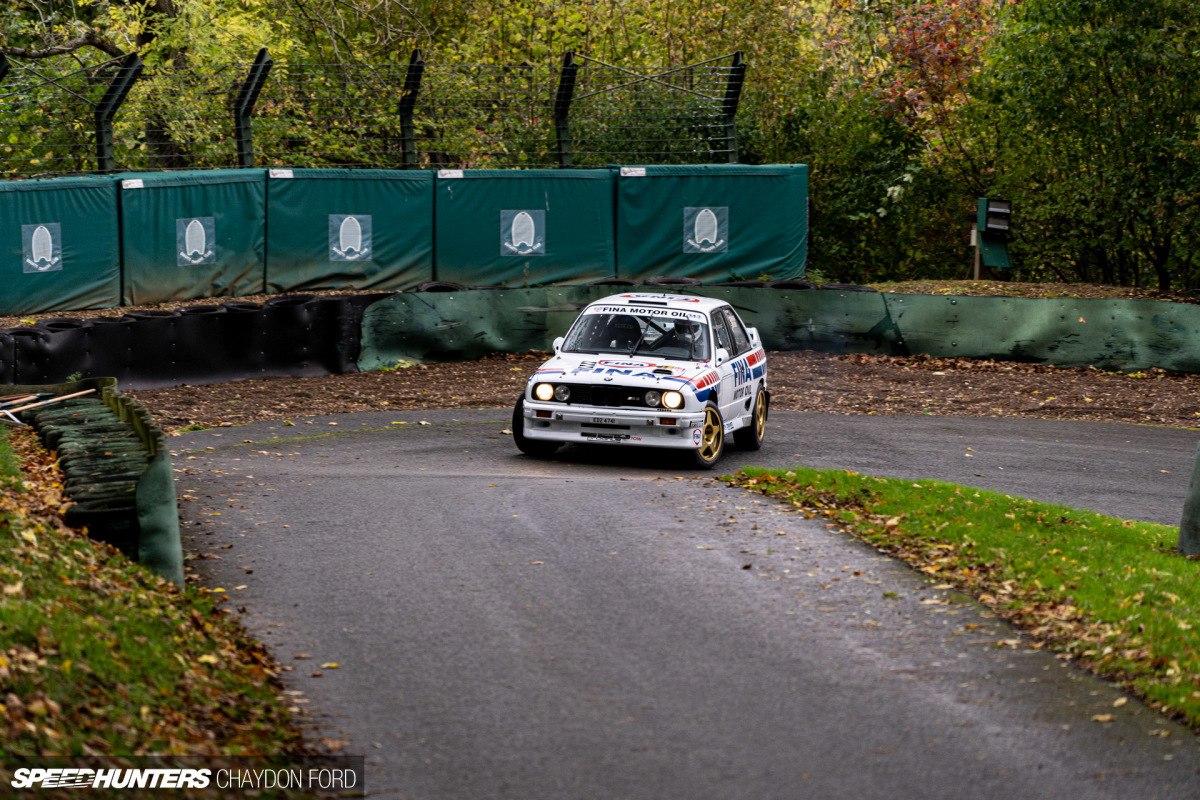
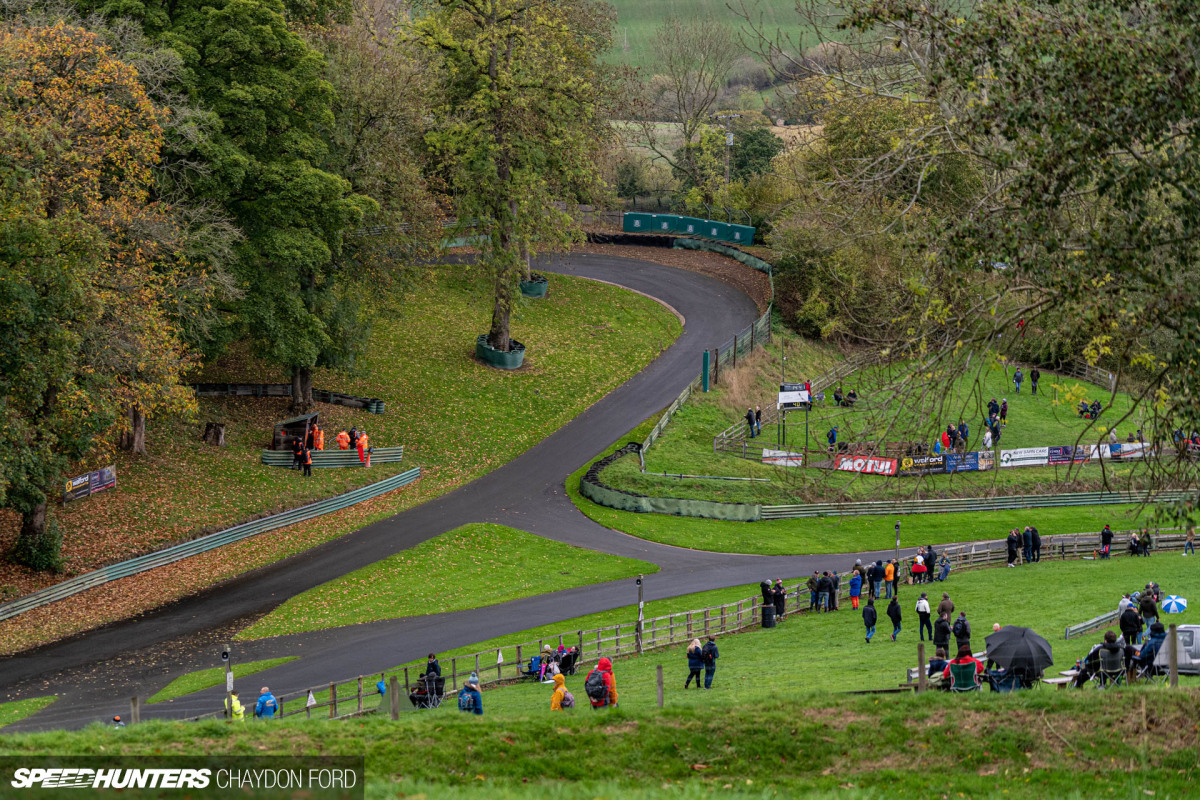
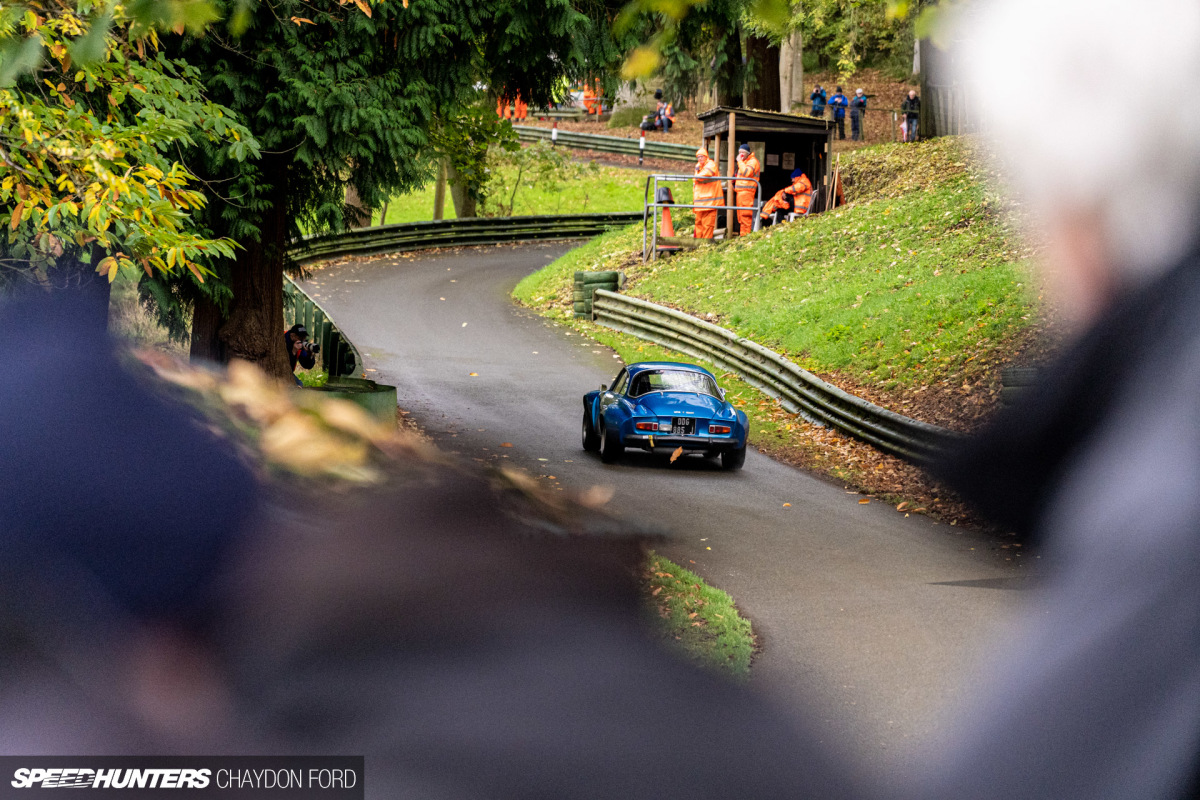
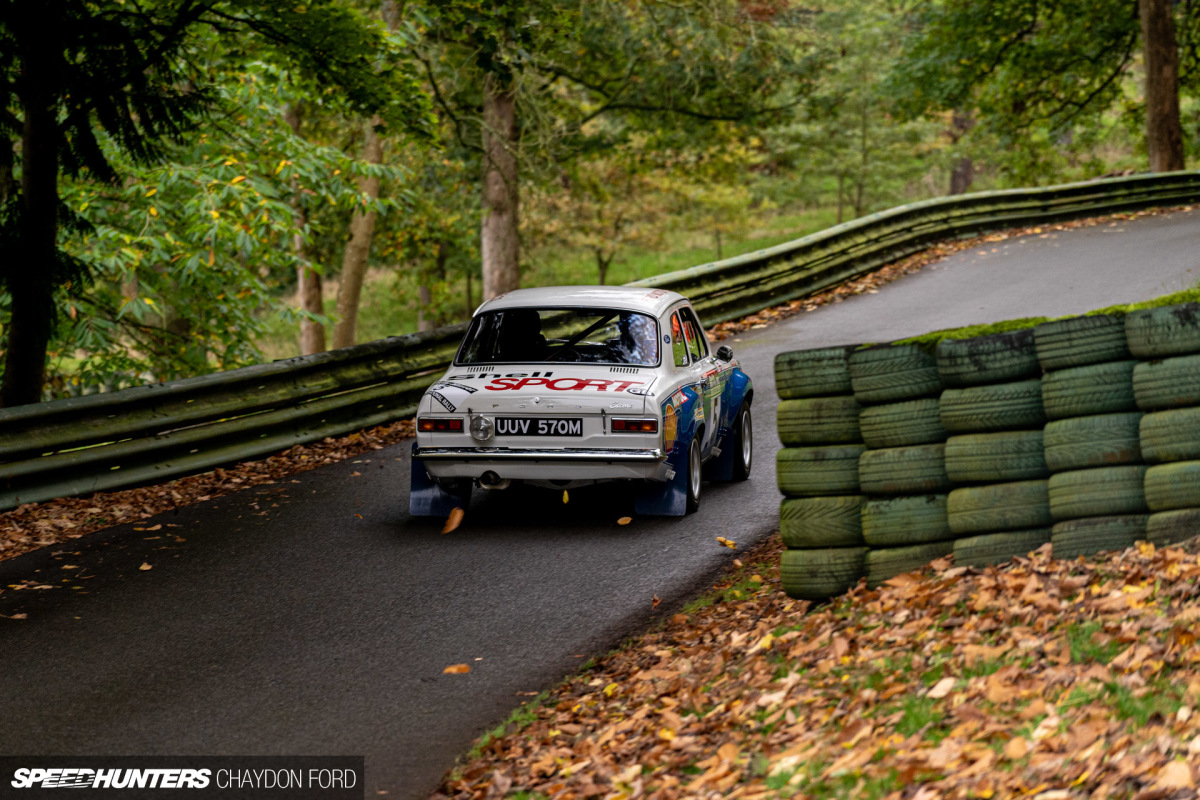
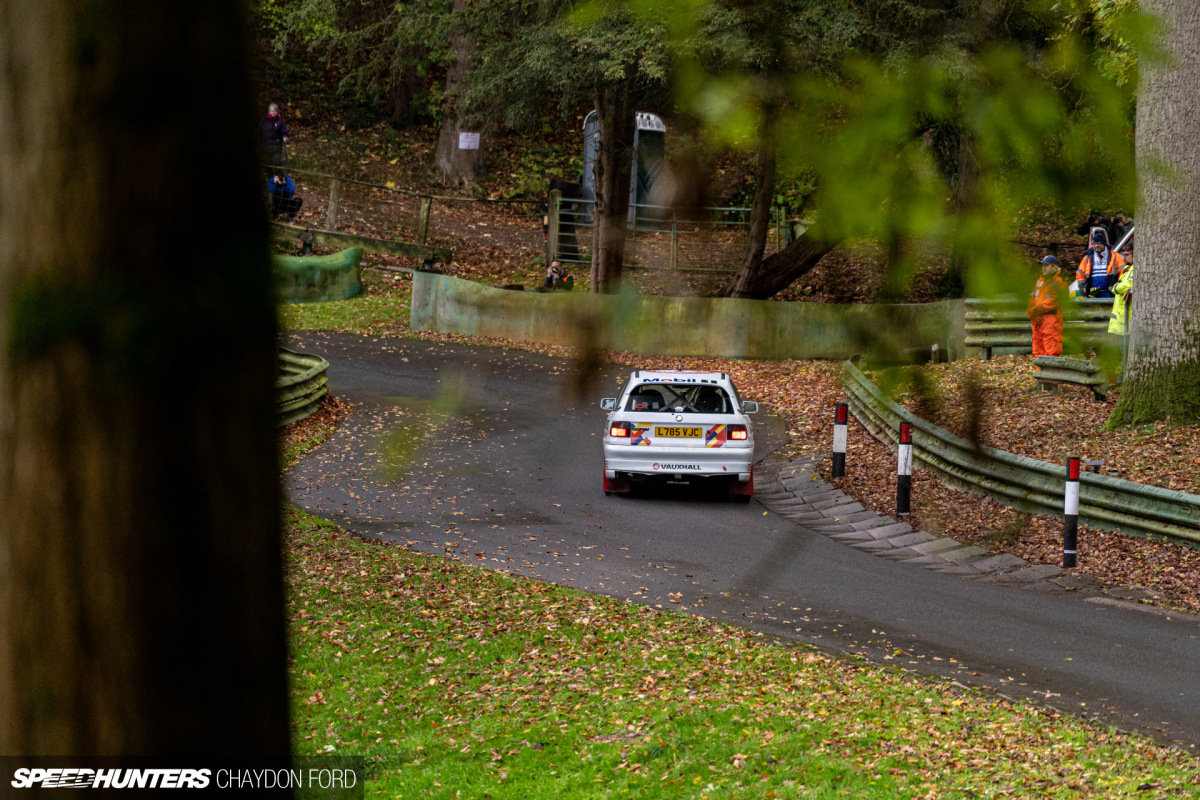
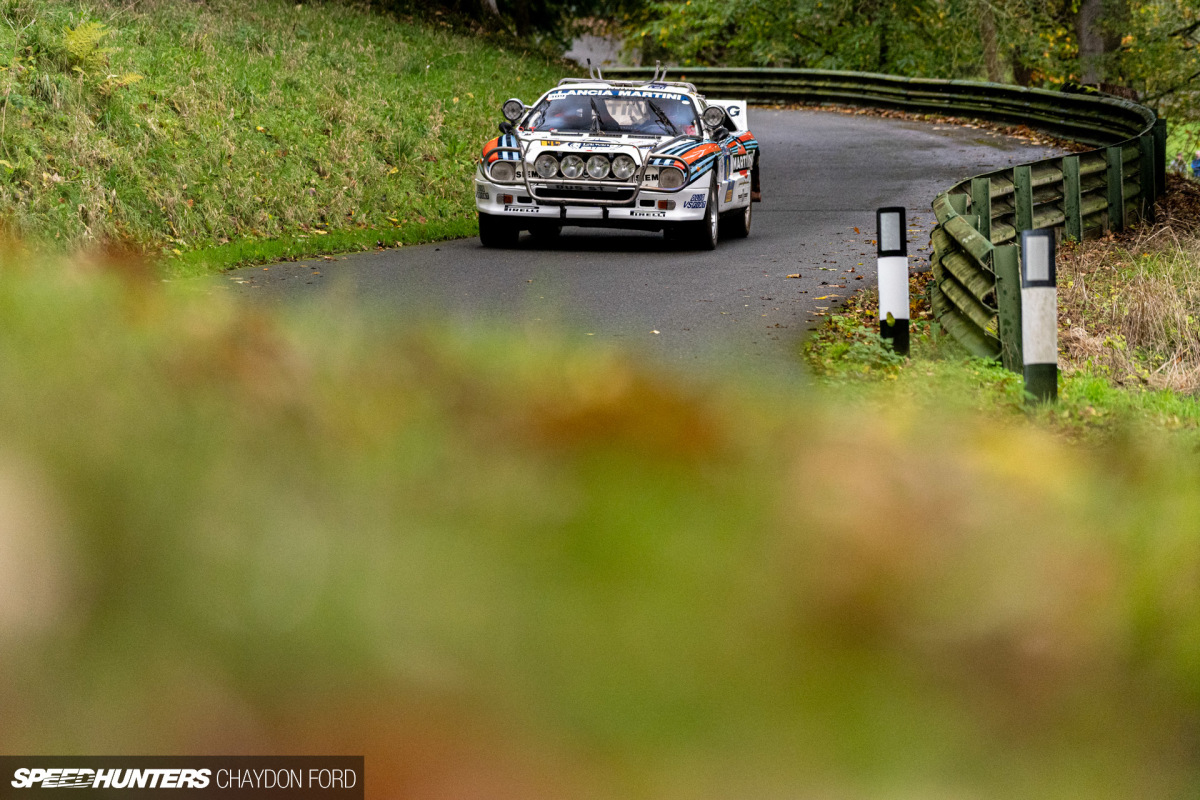
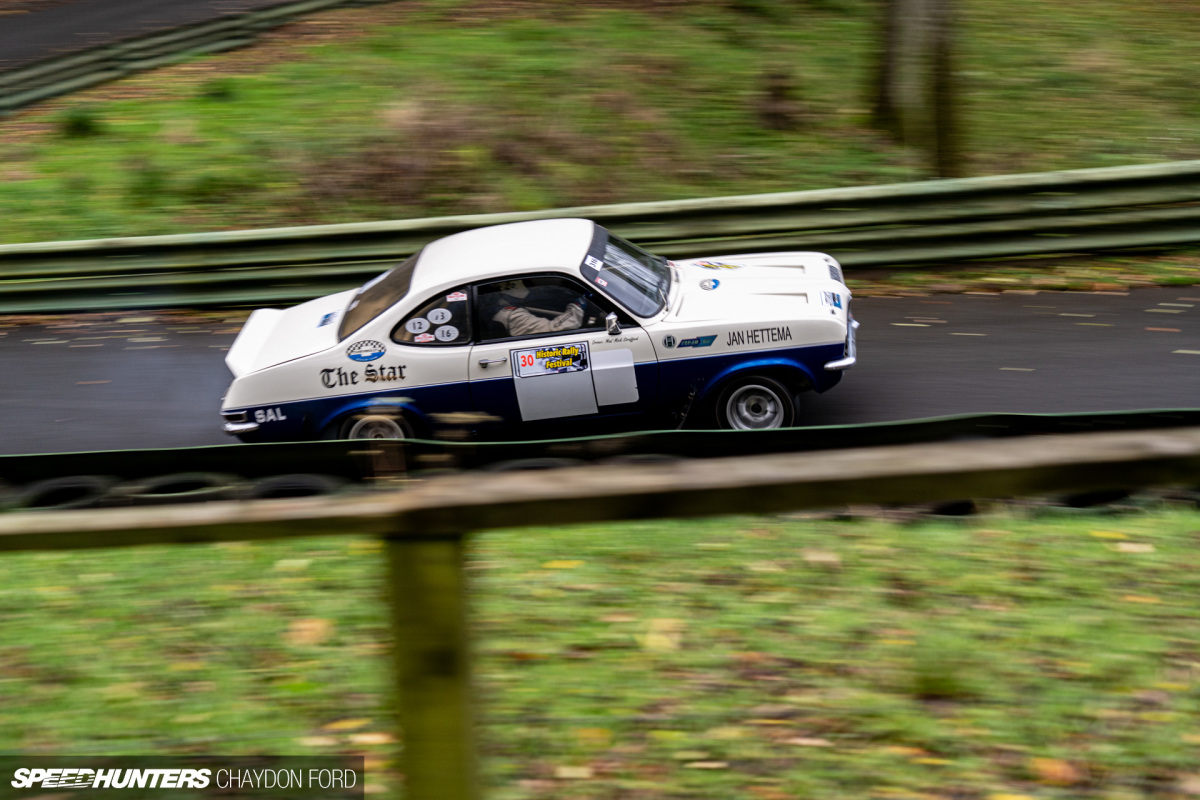
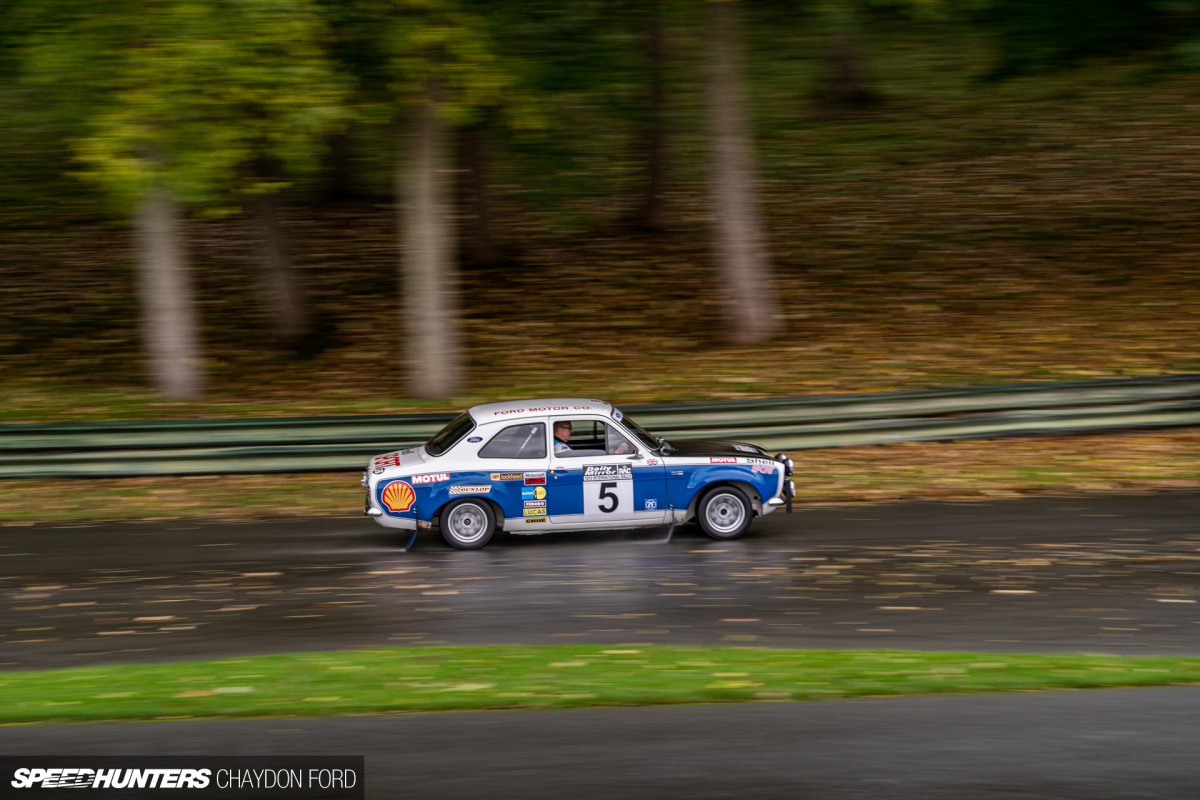
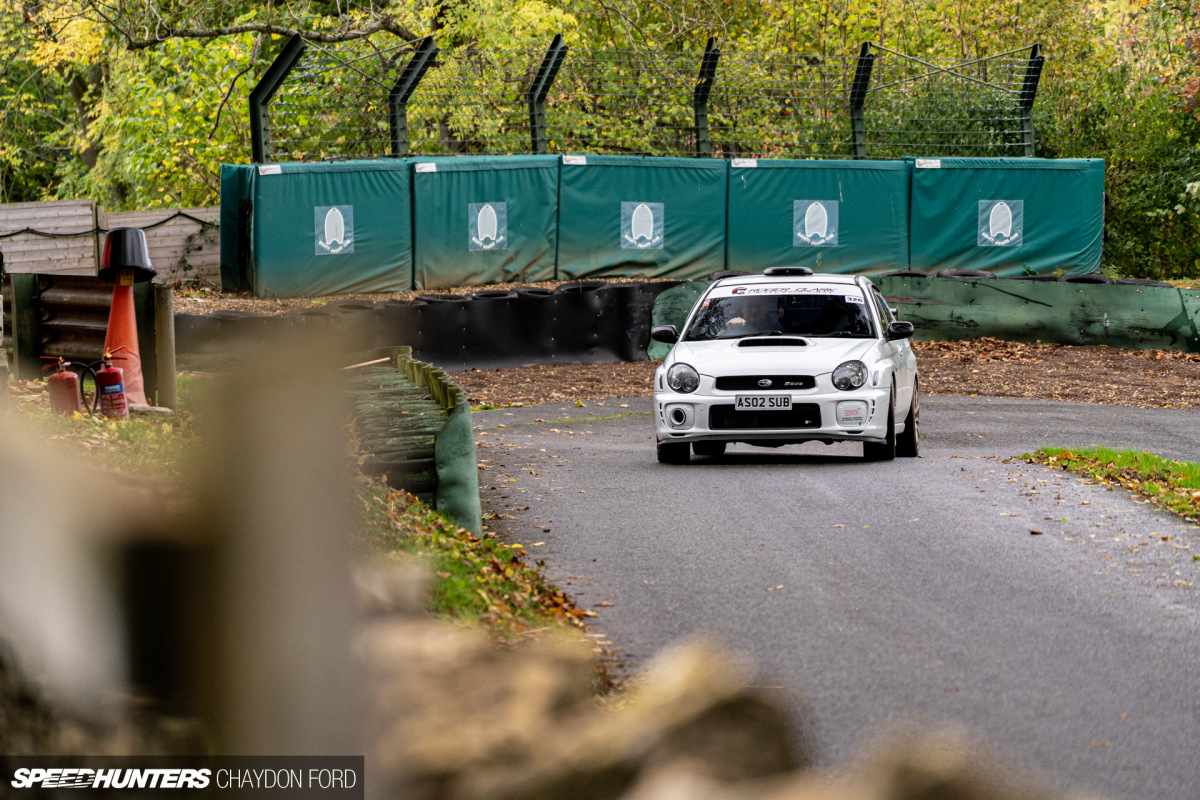
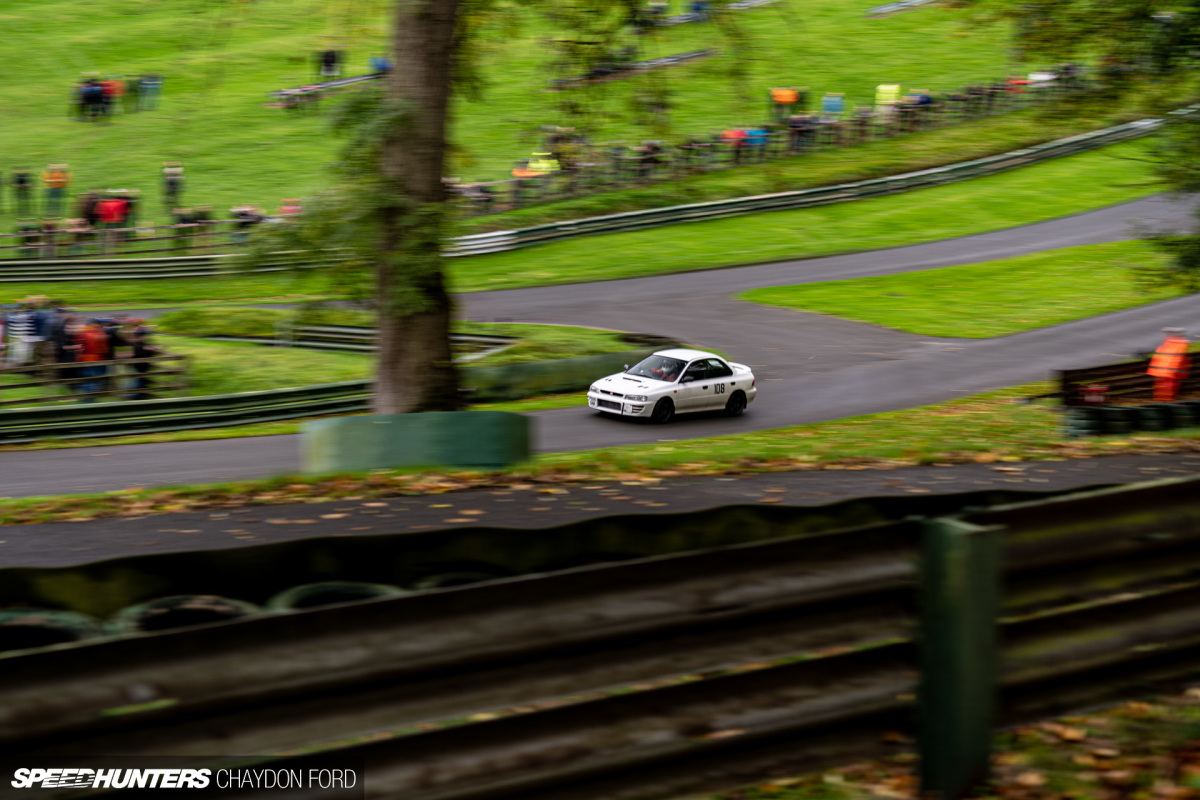
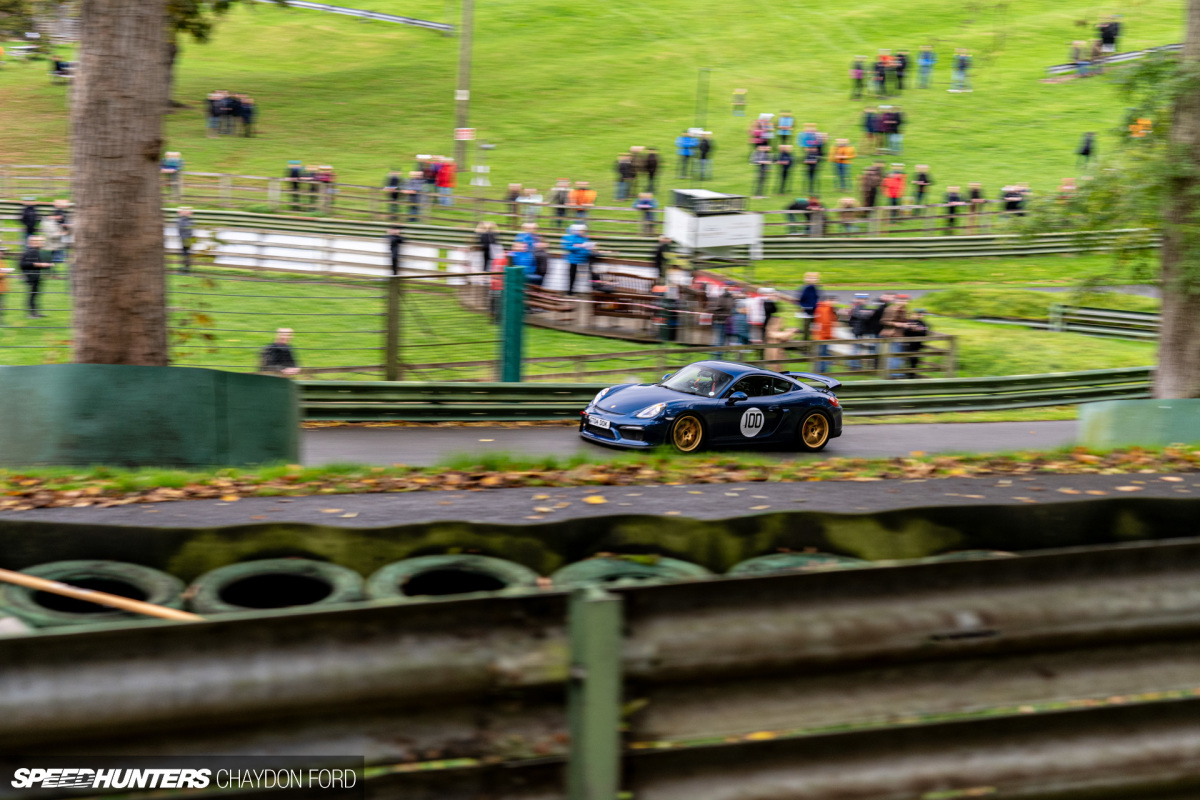
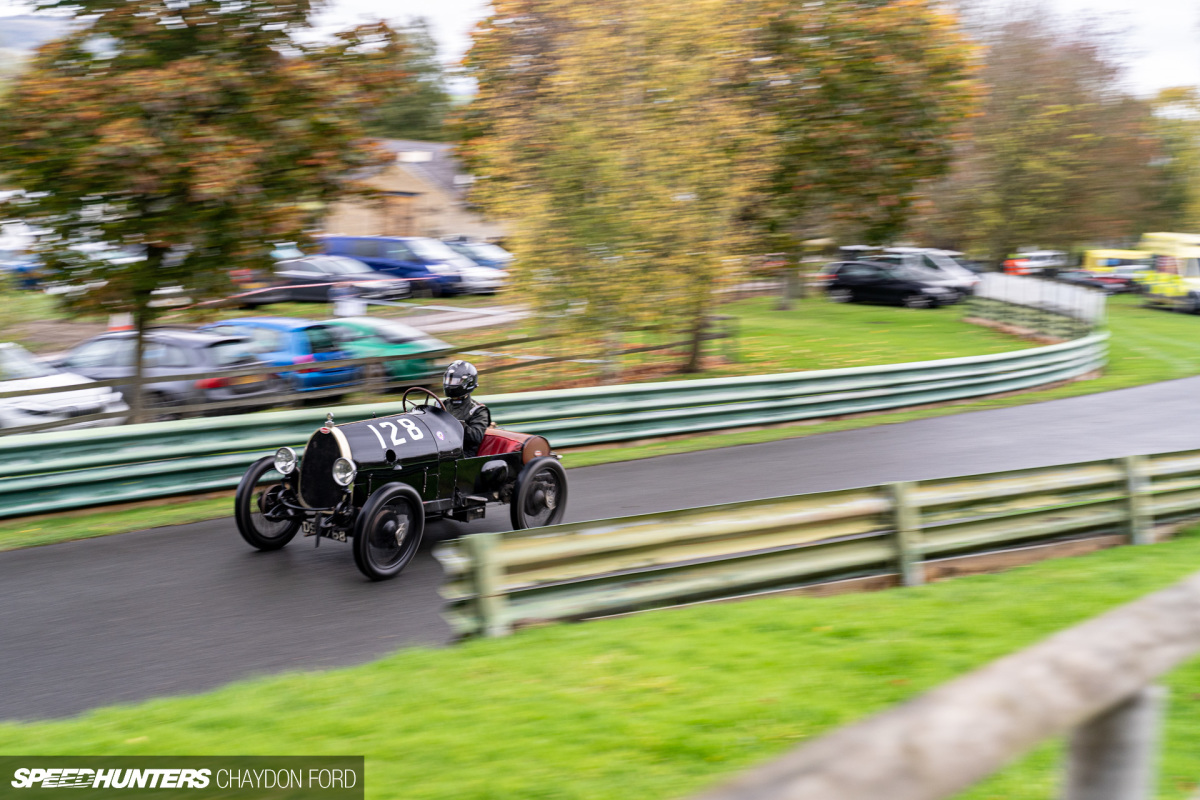

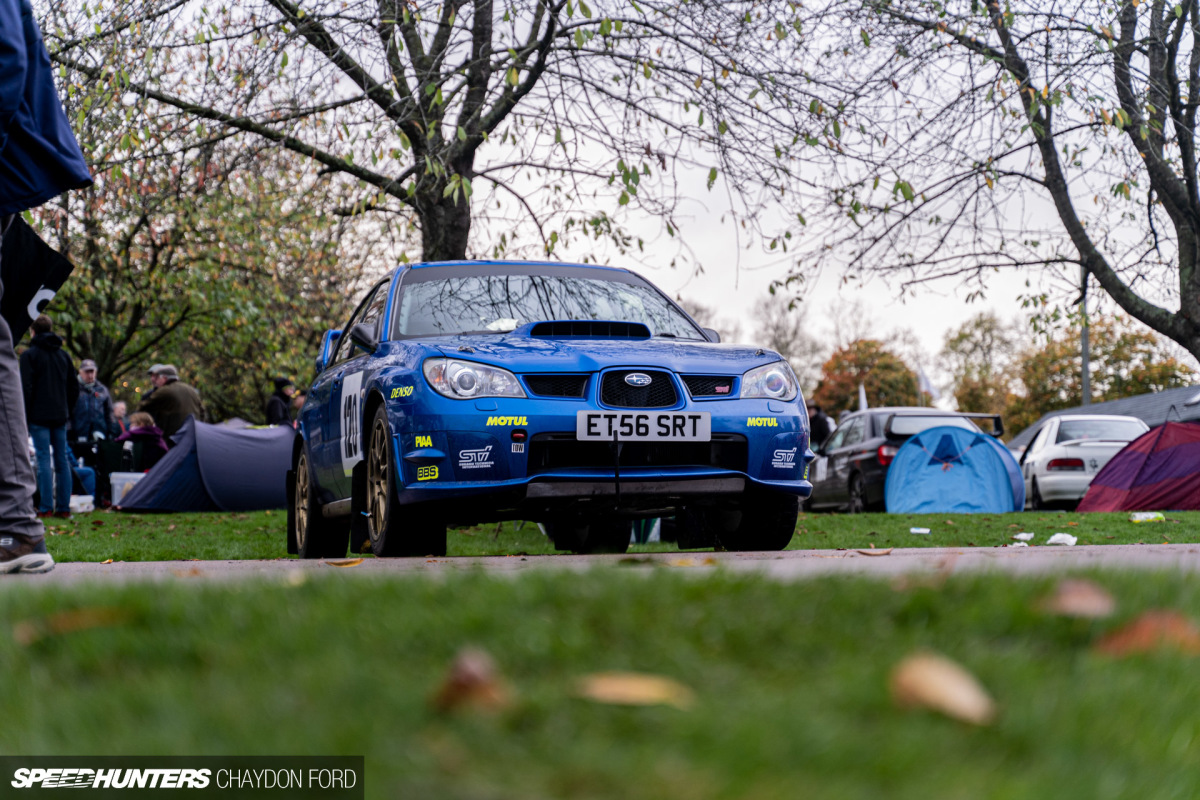

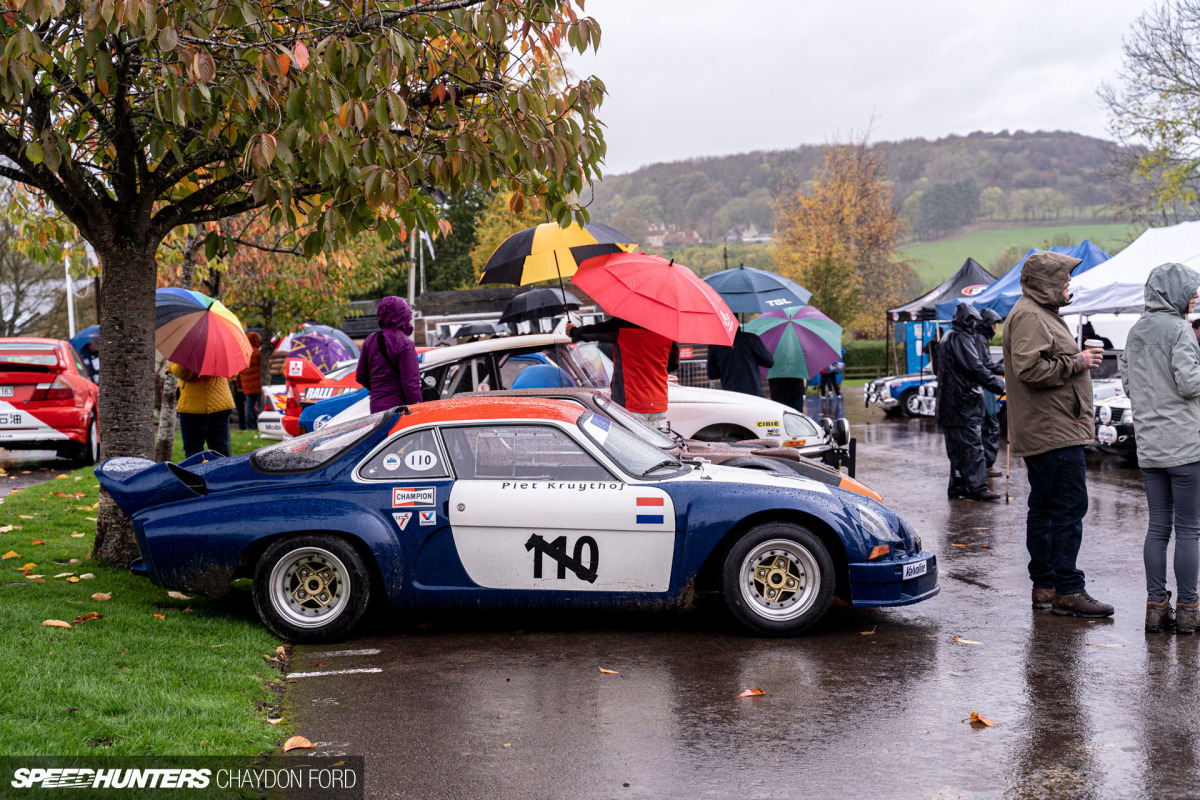
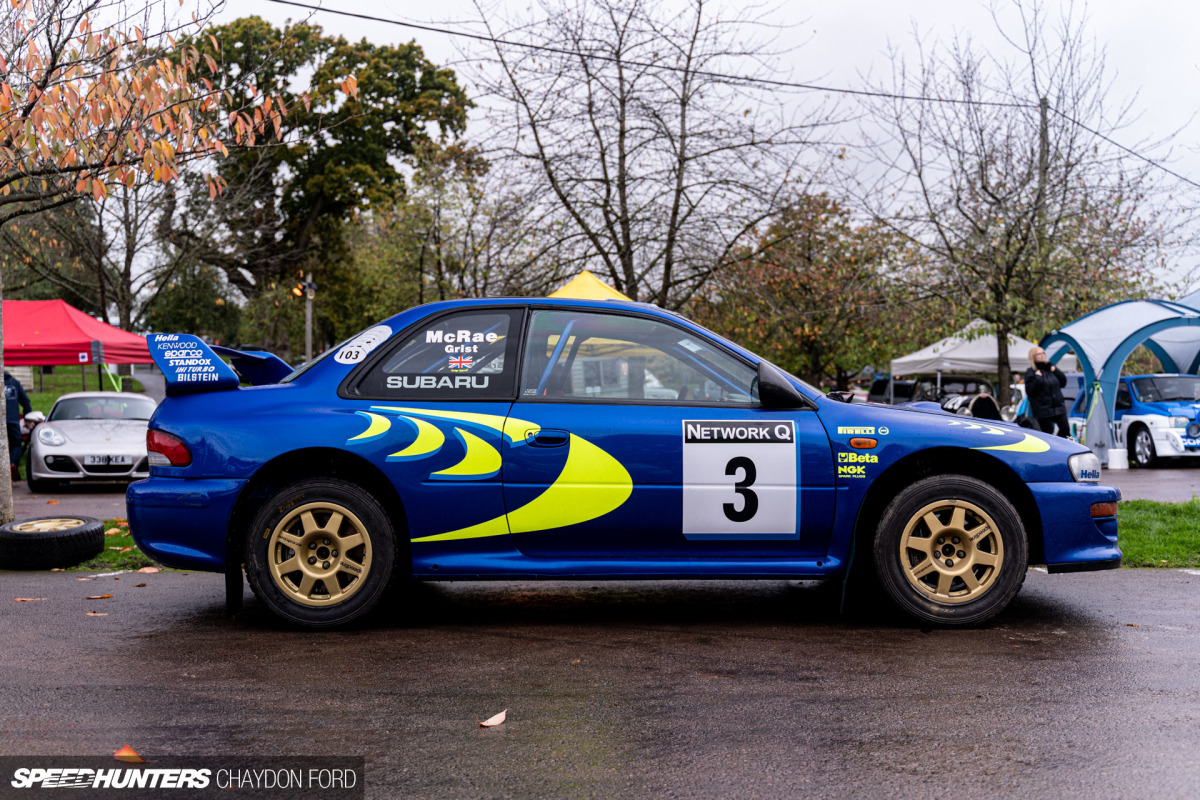
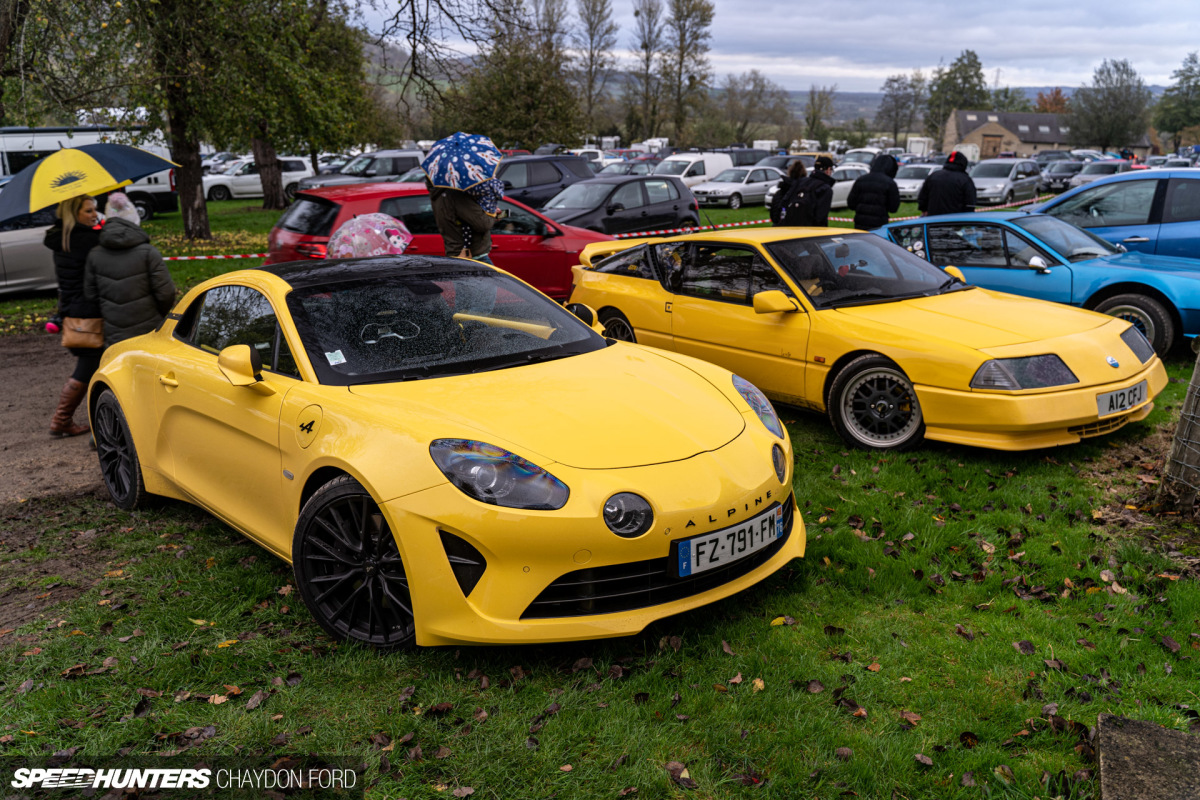




More Stories
Amalgam Collection Announces Partnership With IndyCar, Reveals New Dallara Model
Tesla delays deliveries due to missing charge port part
2022 Dodge Durango R/T Hemi Orange revealed